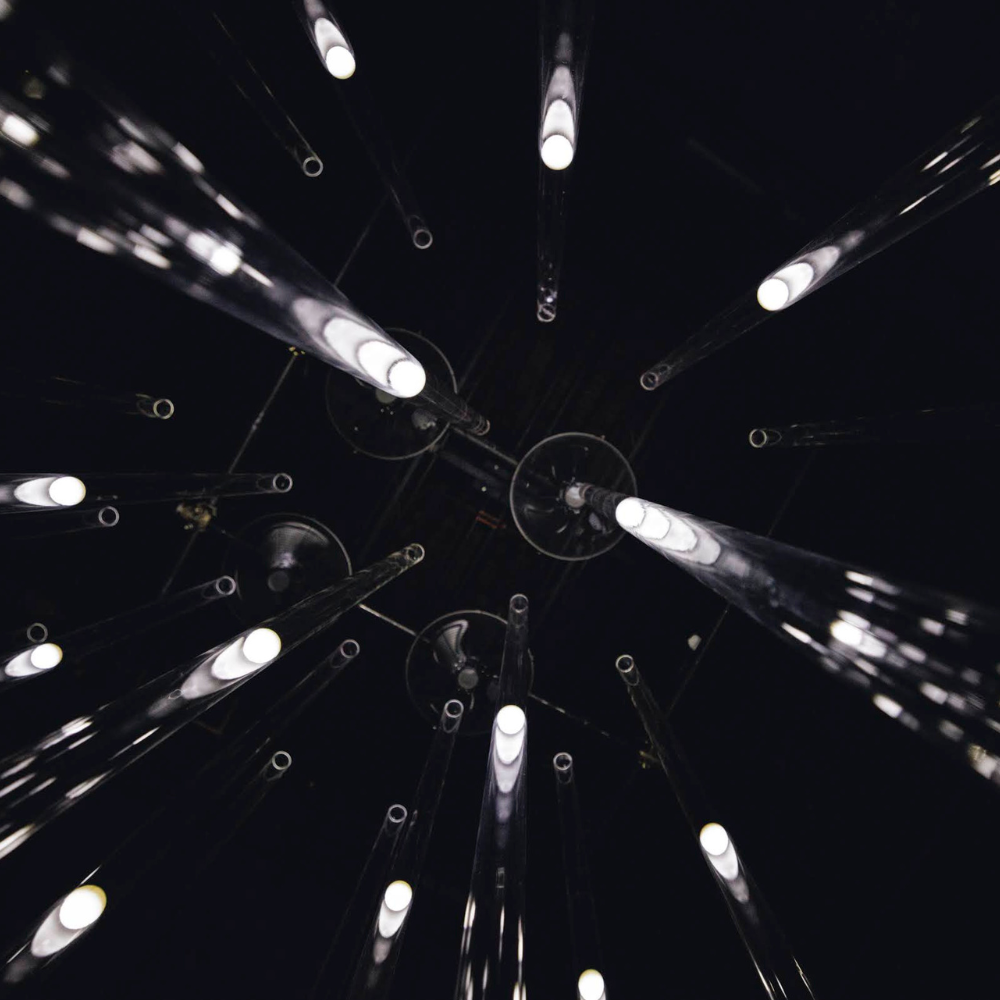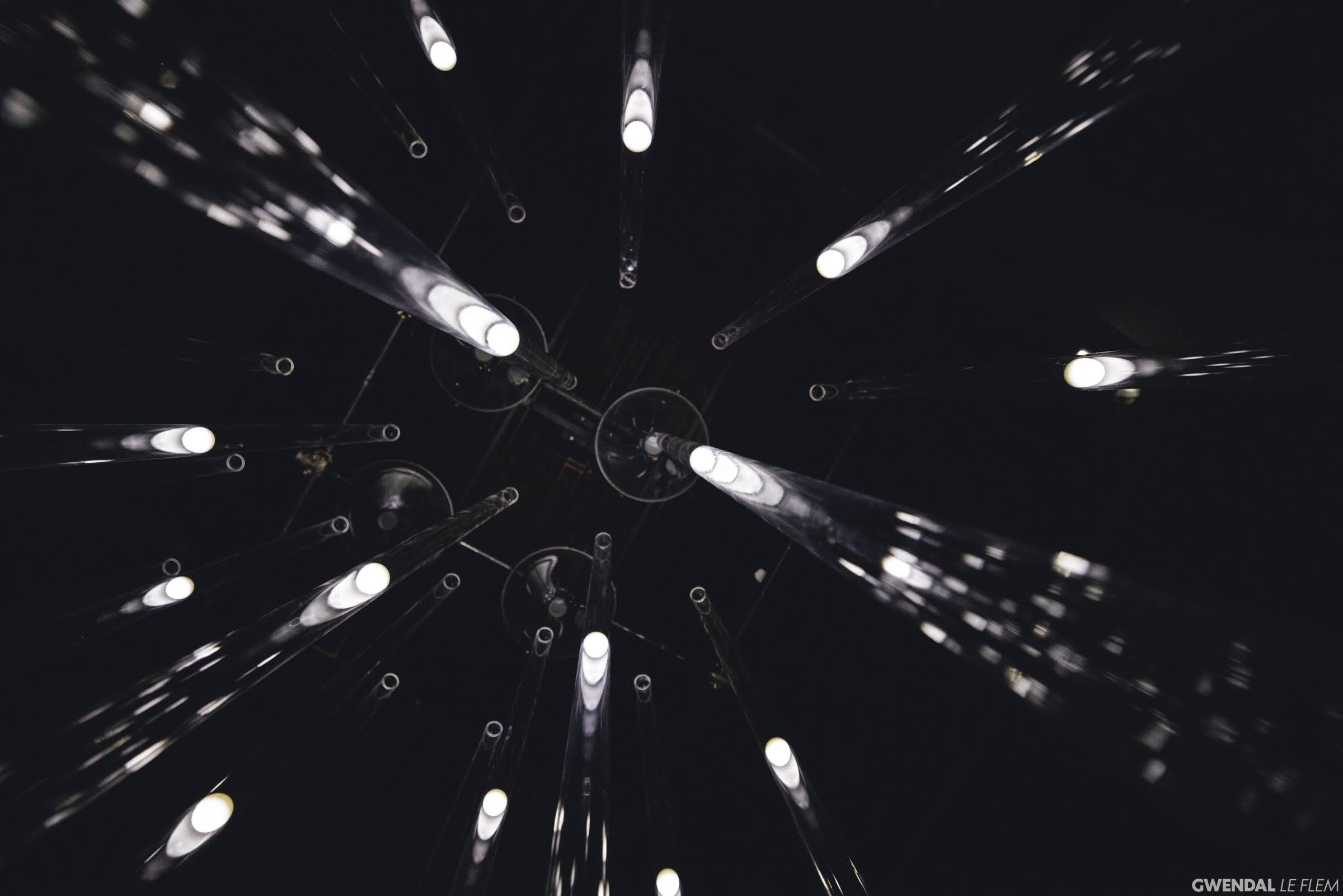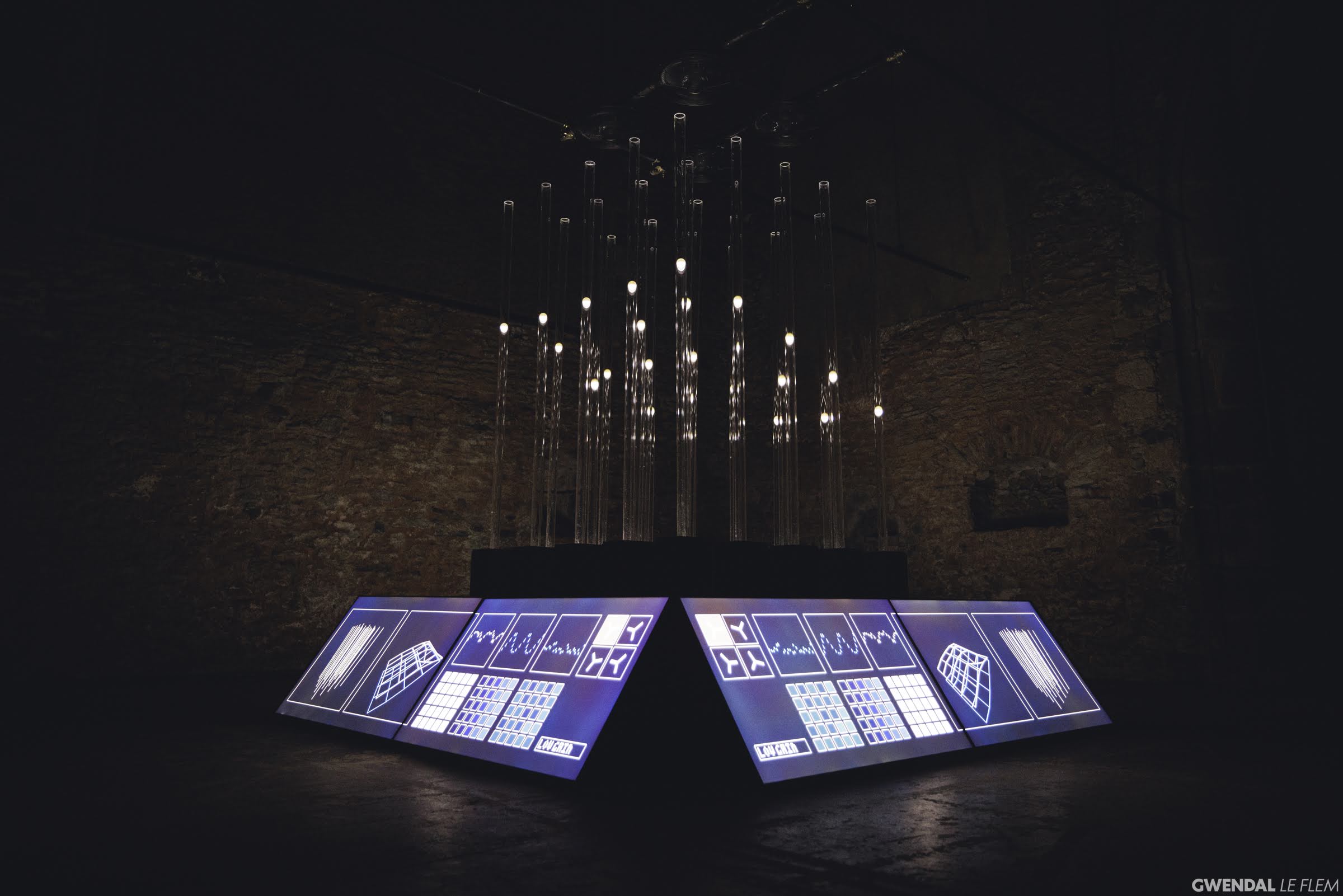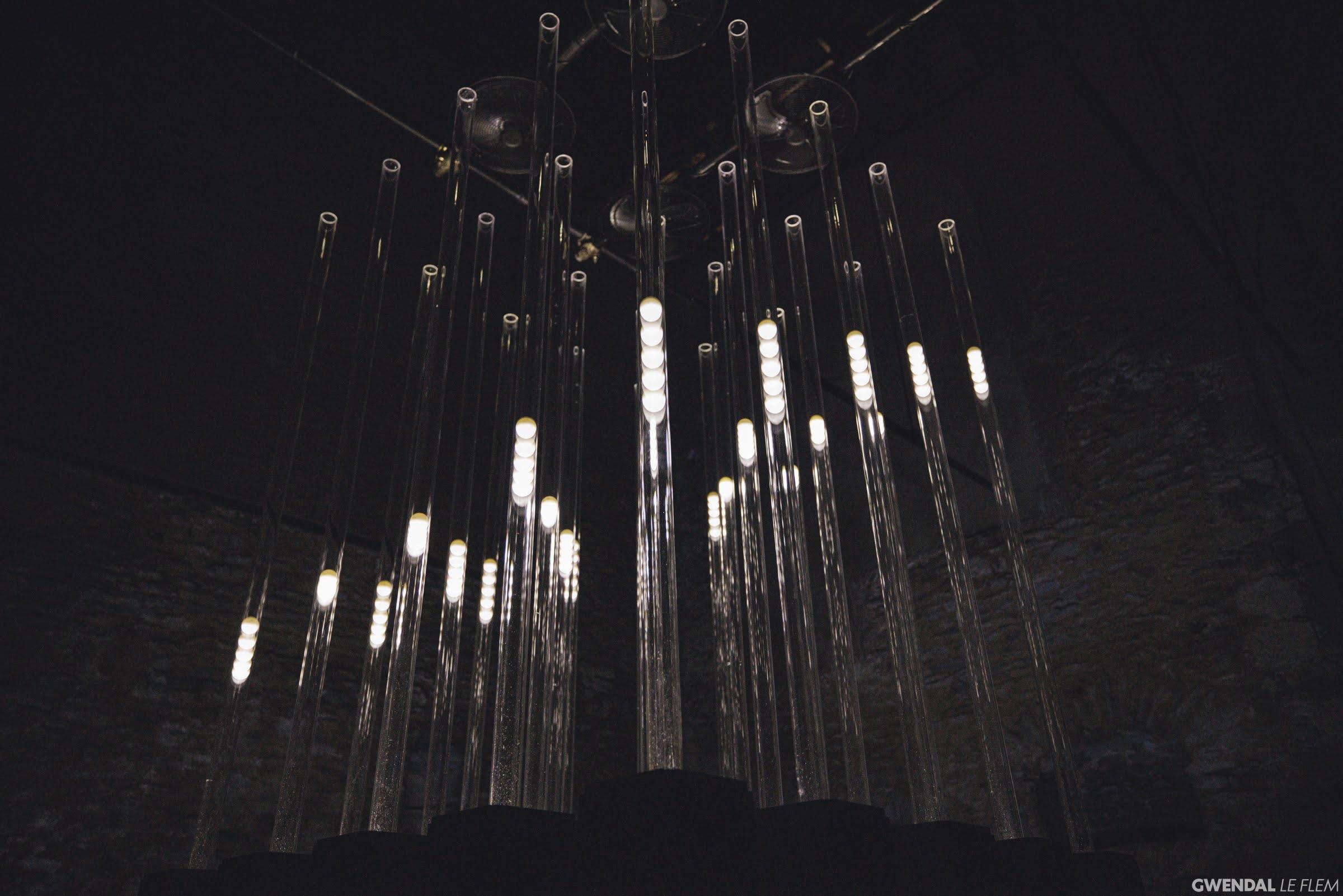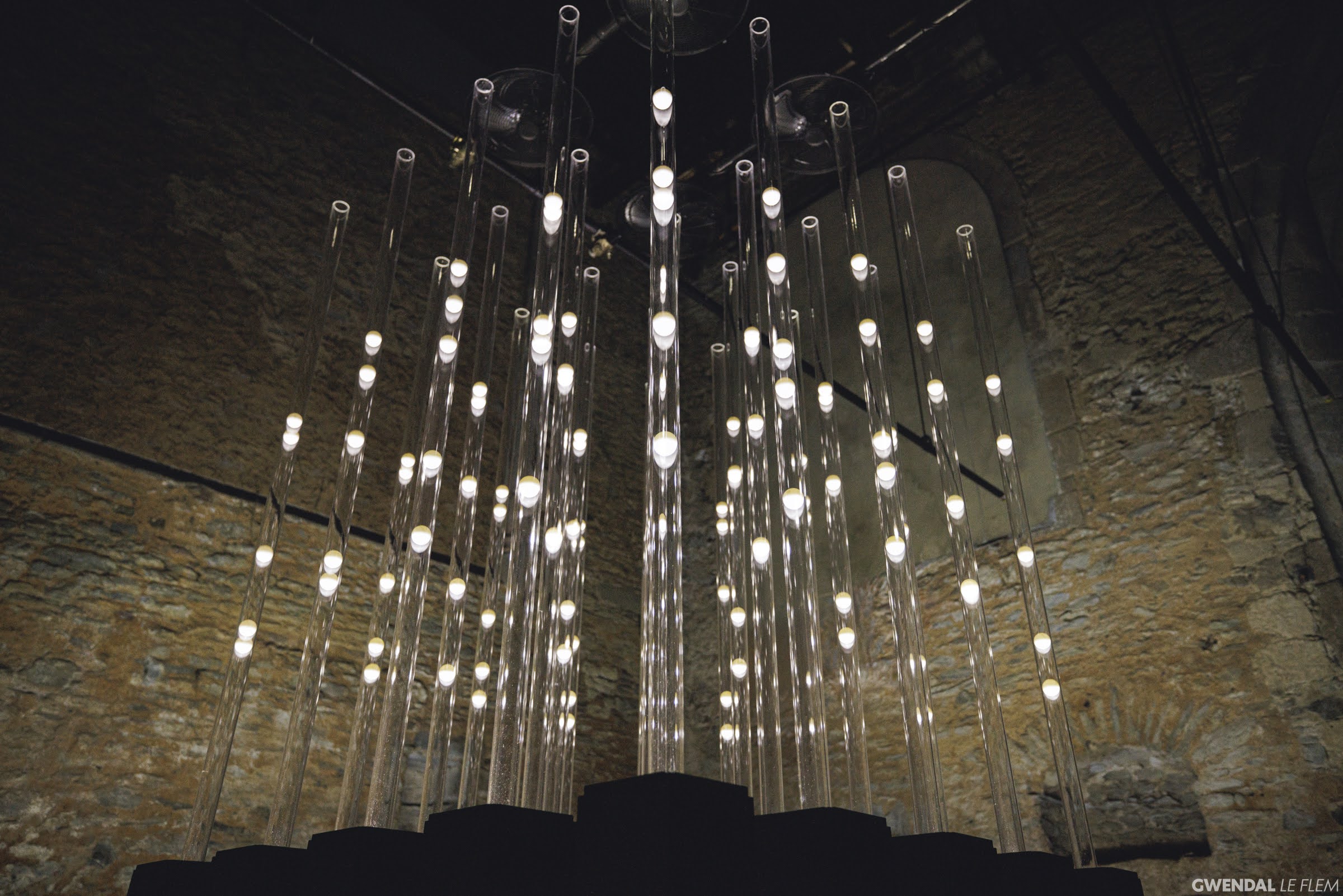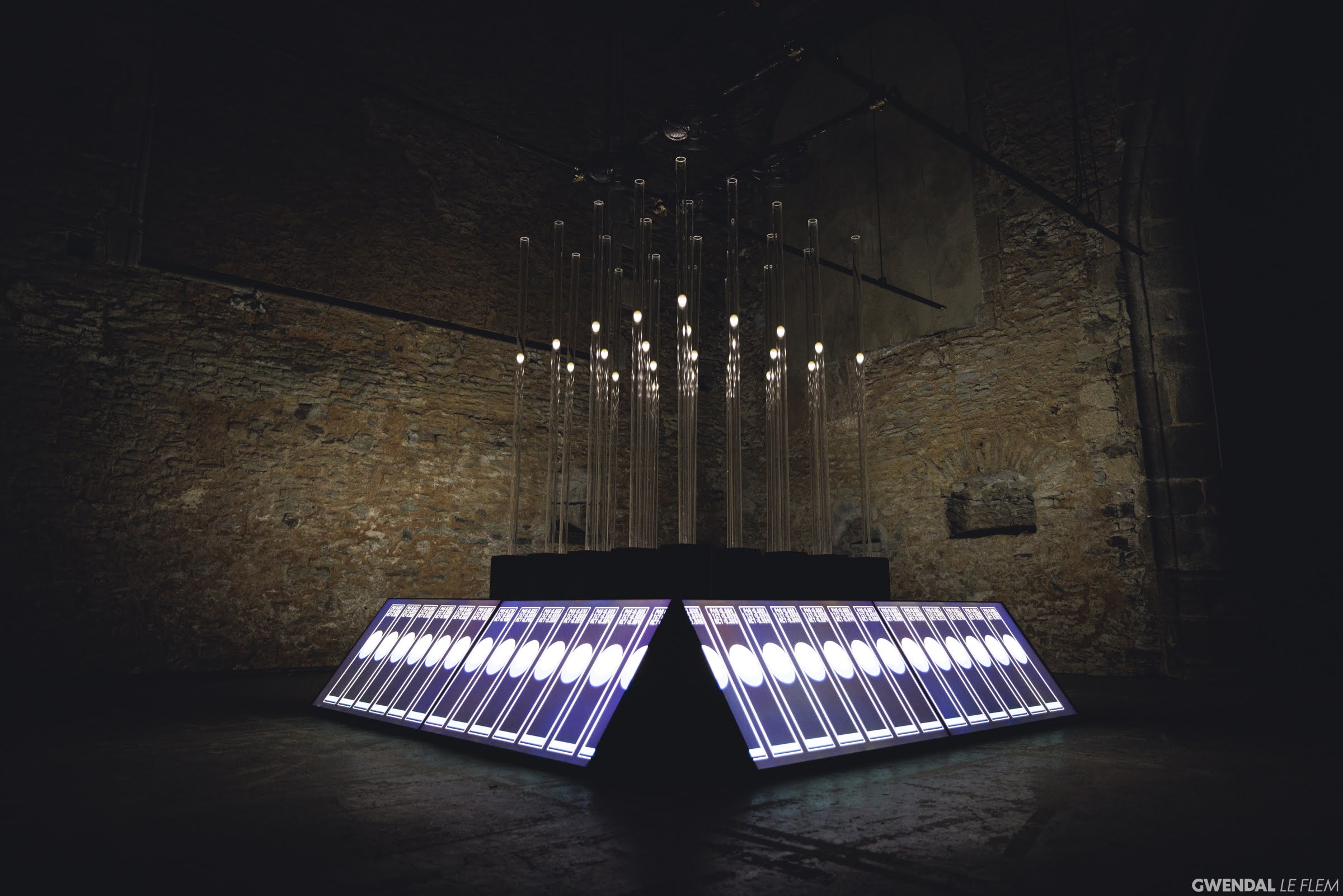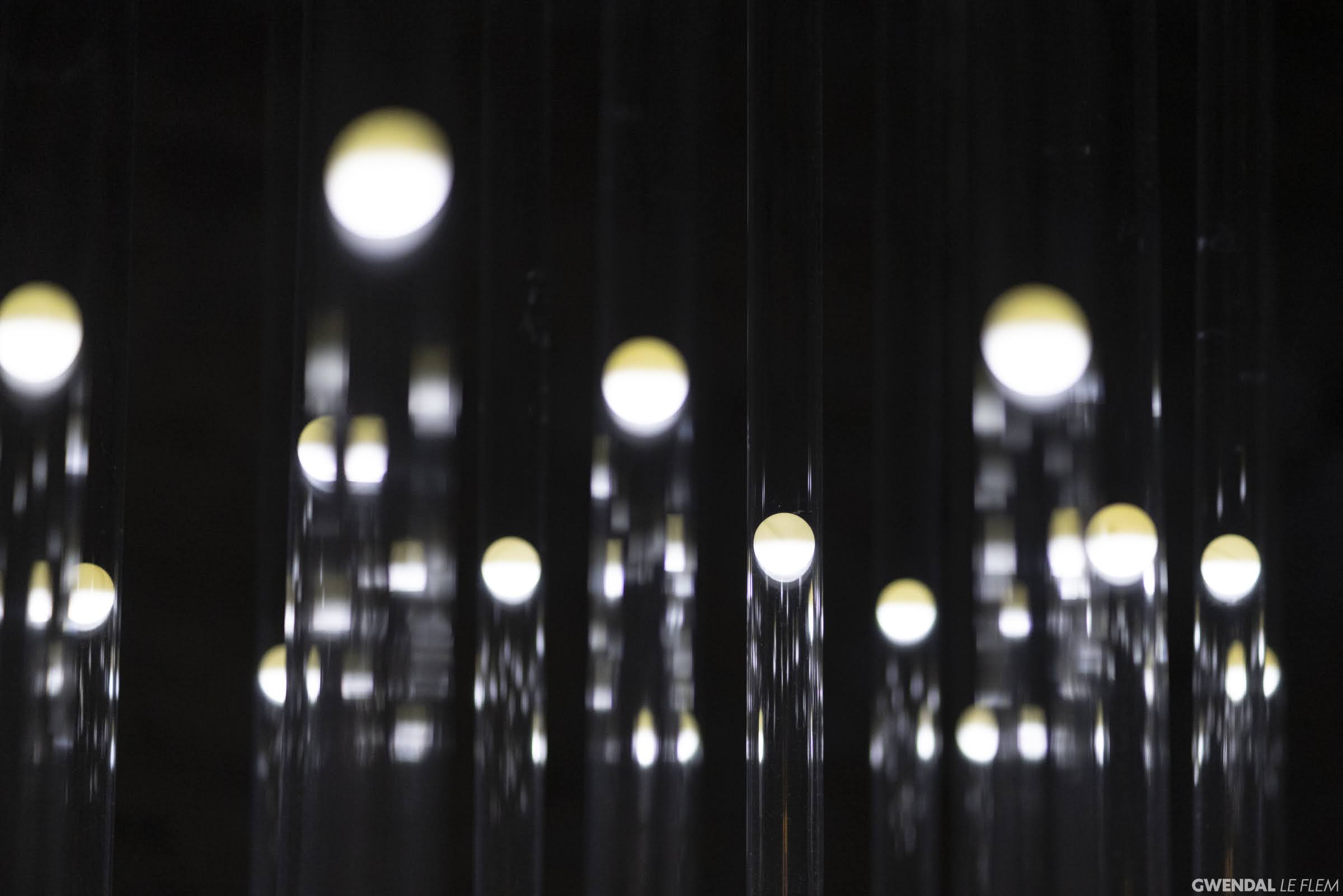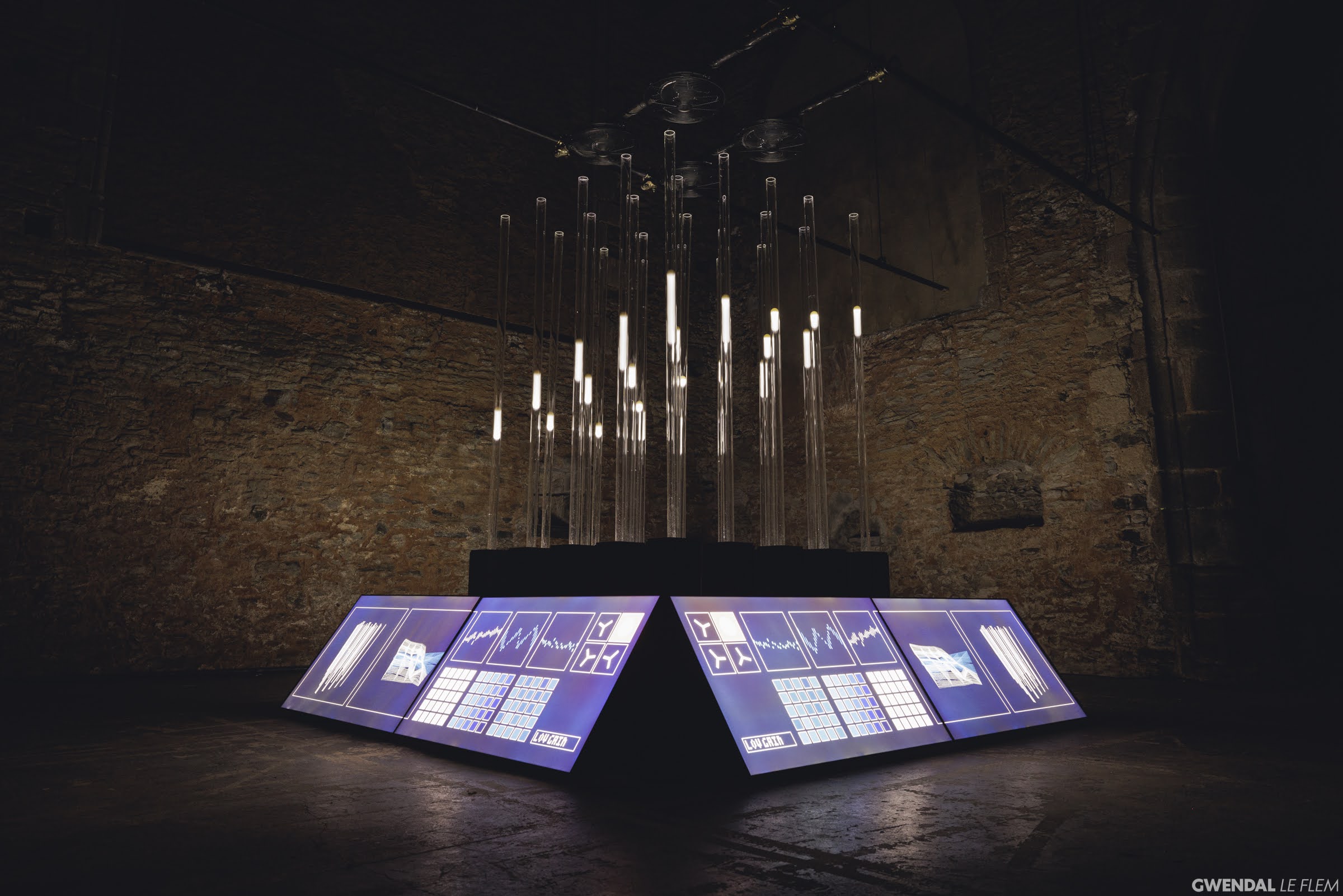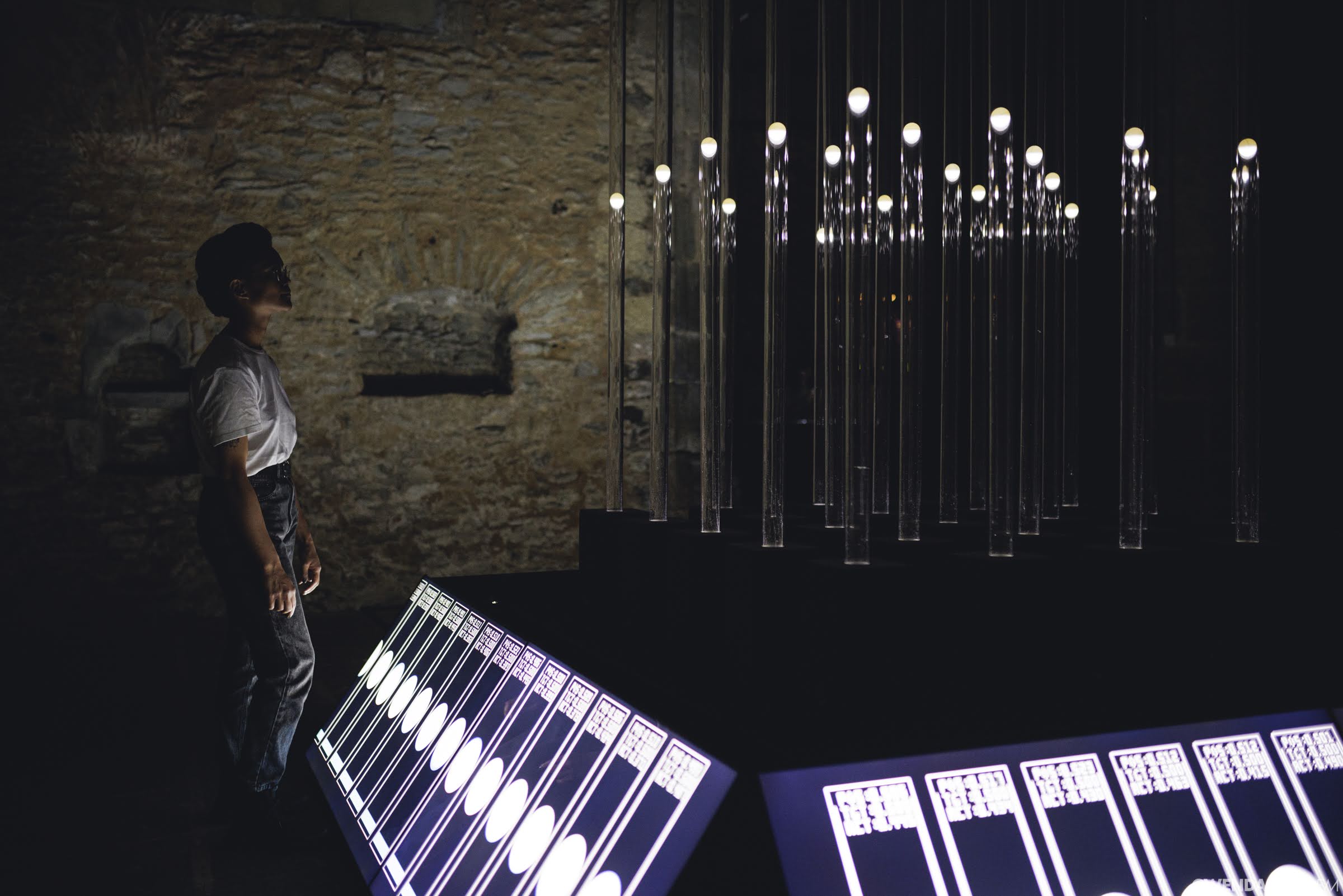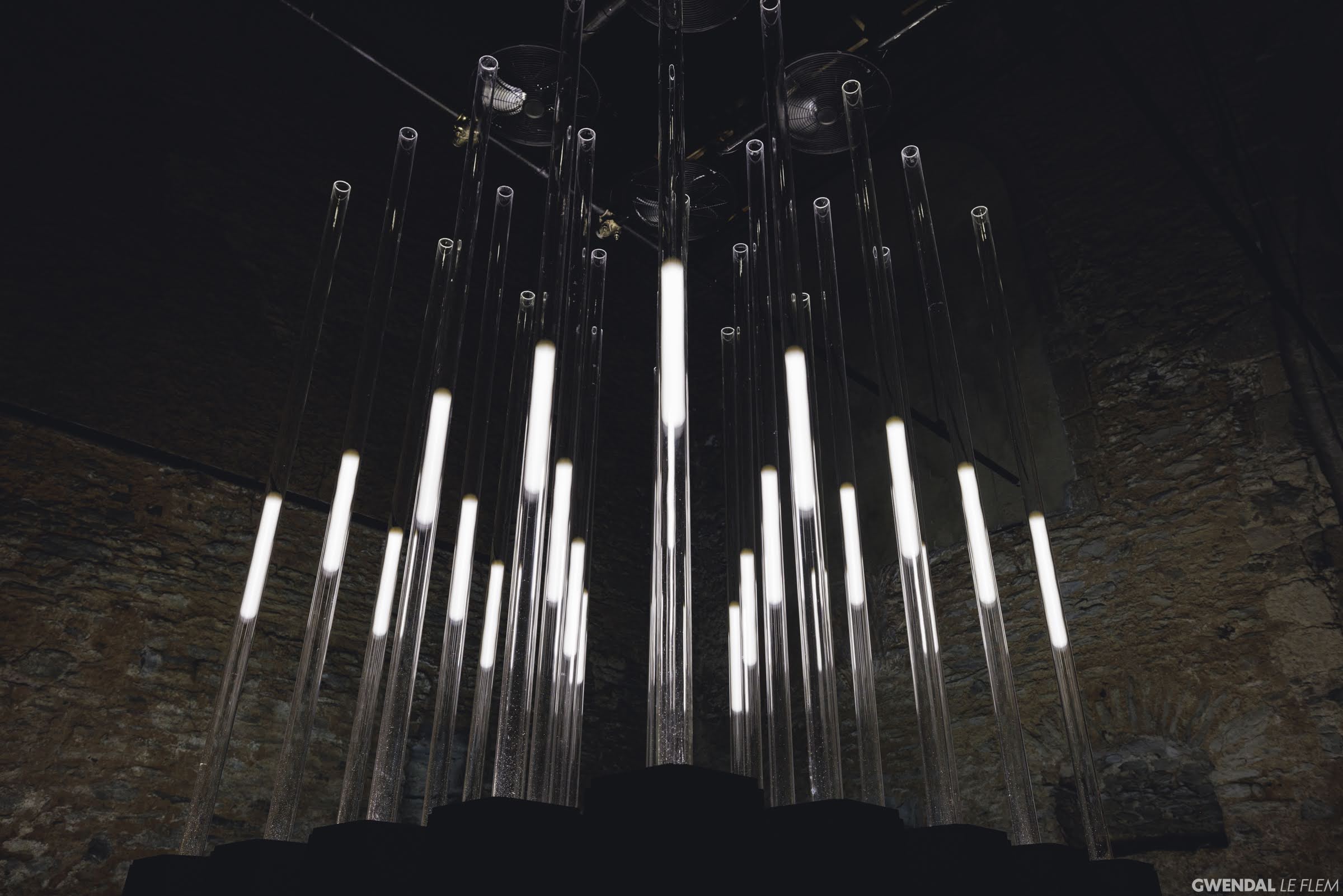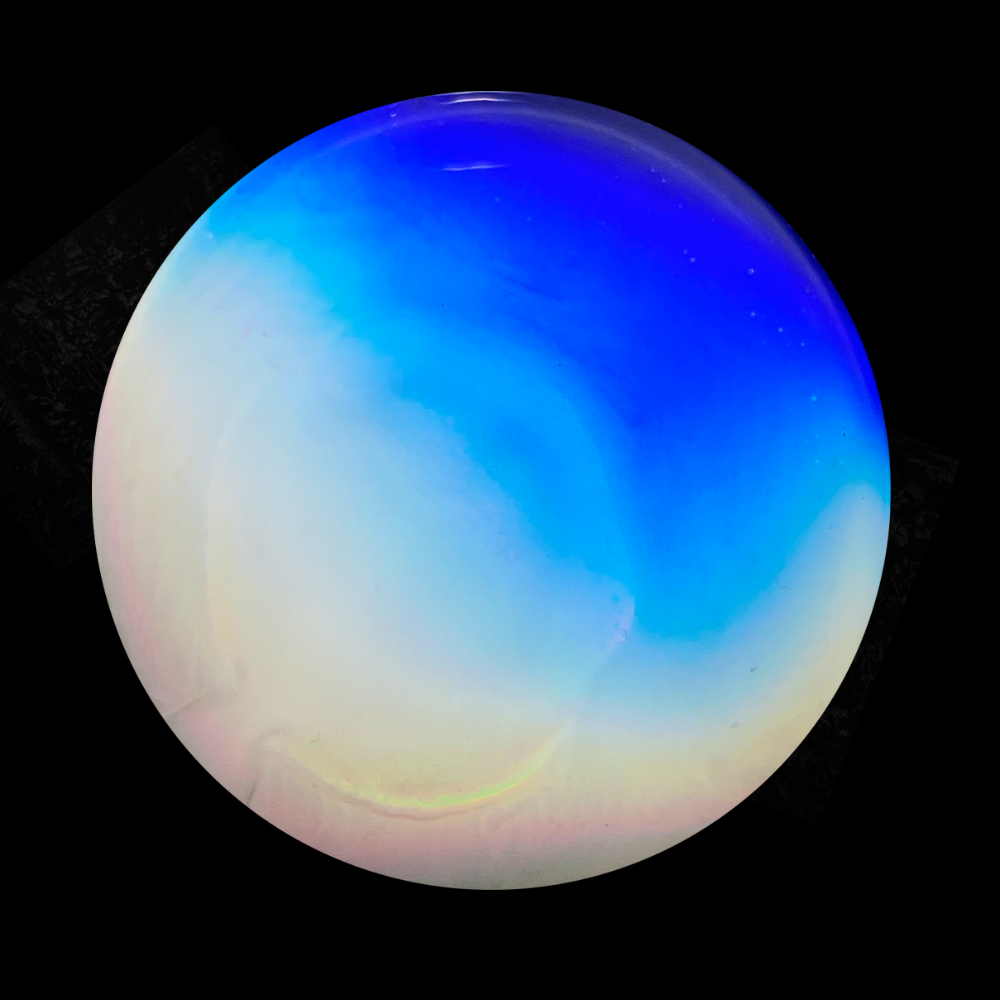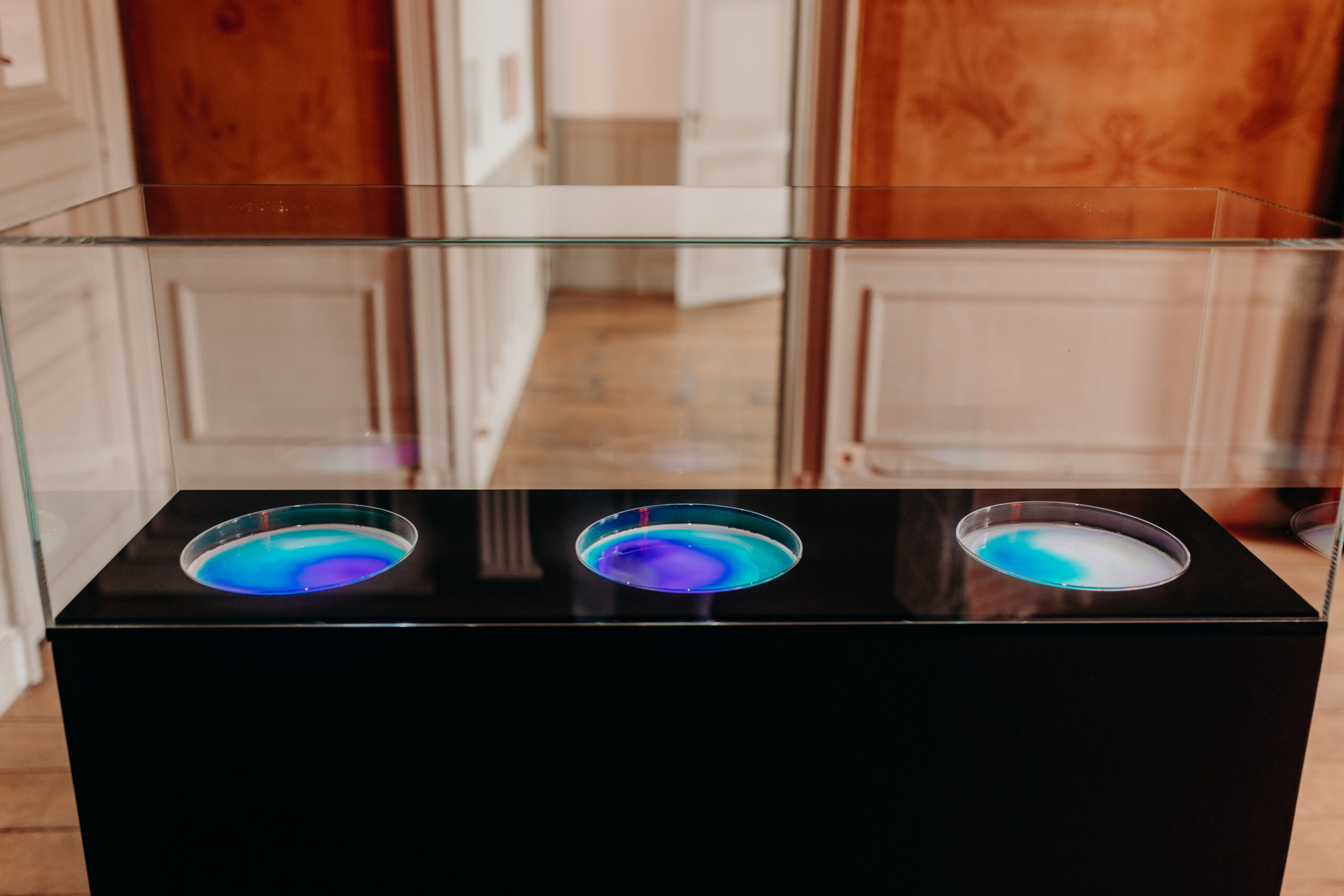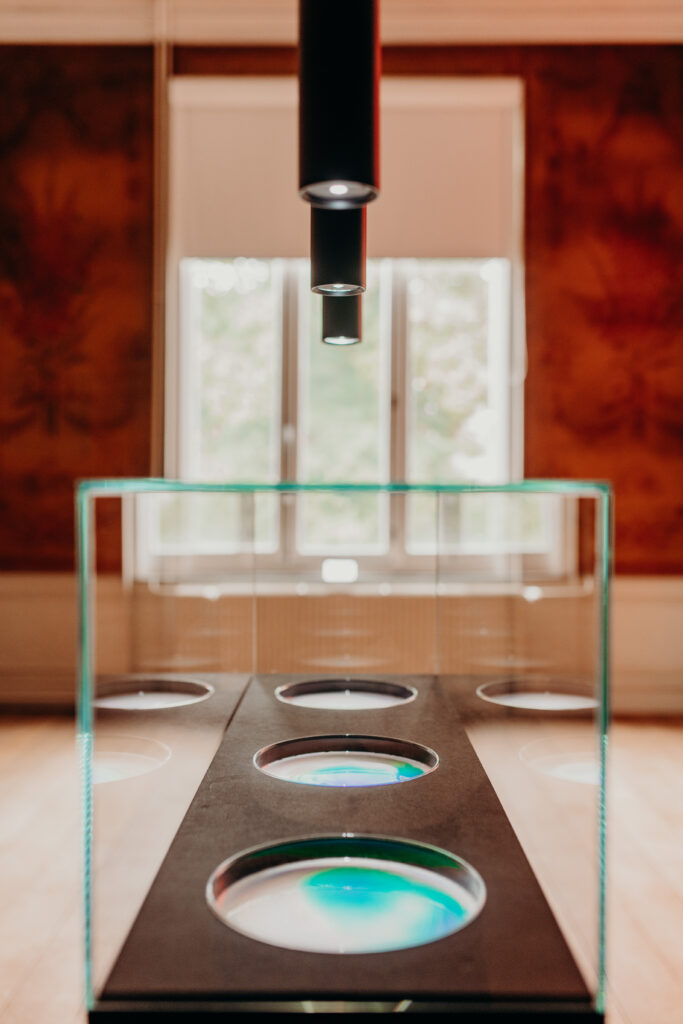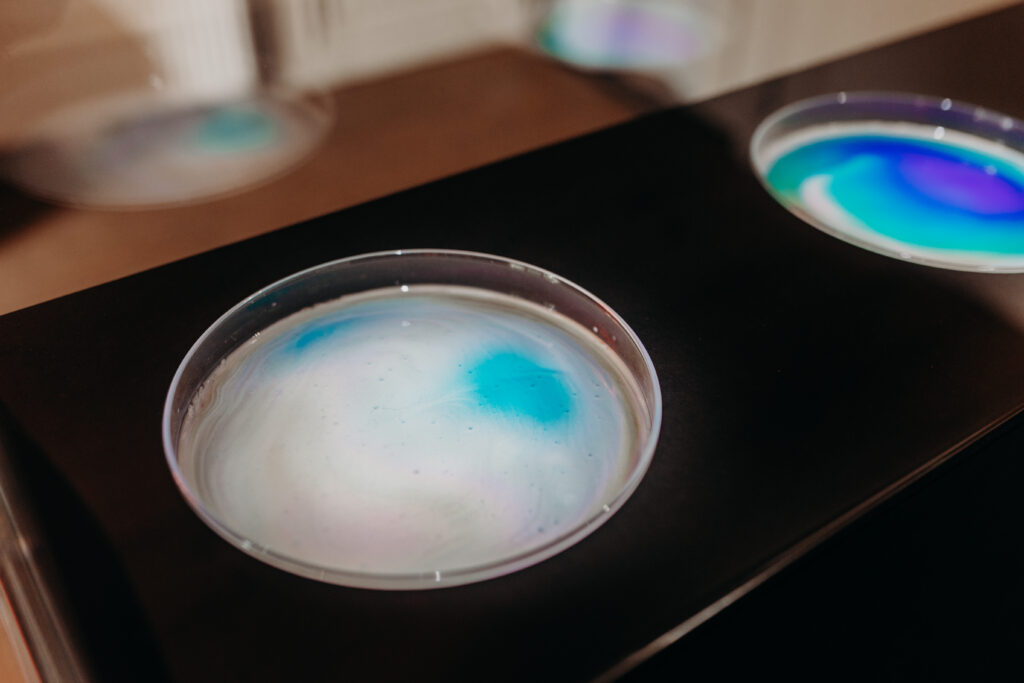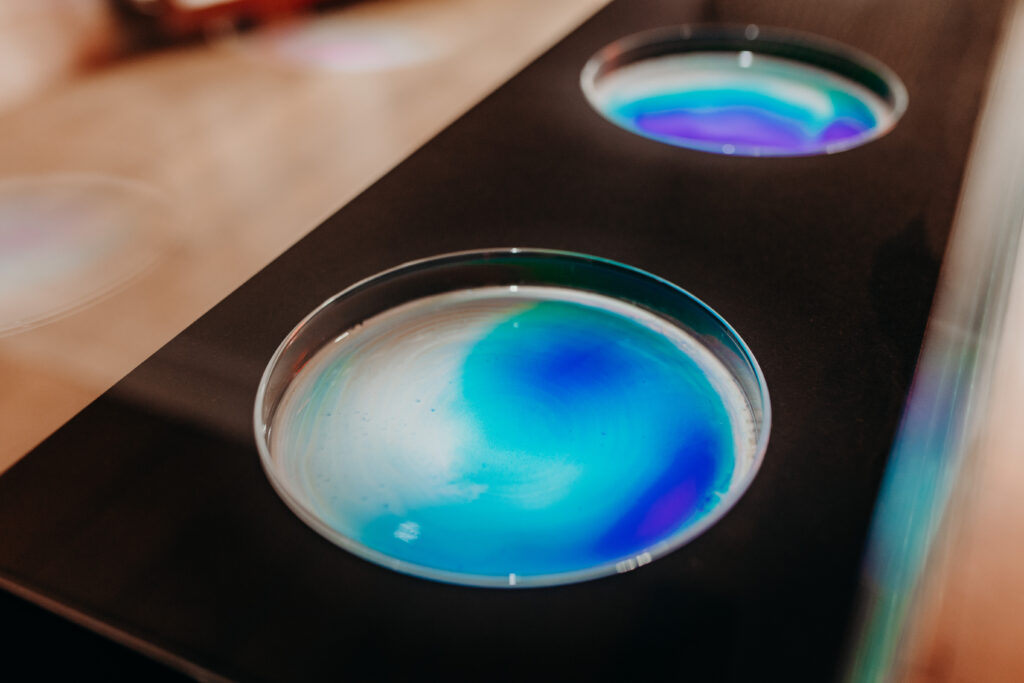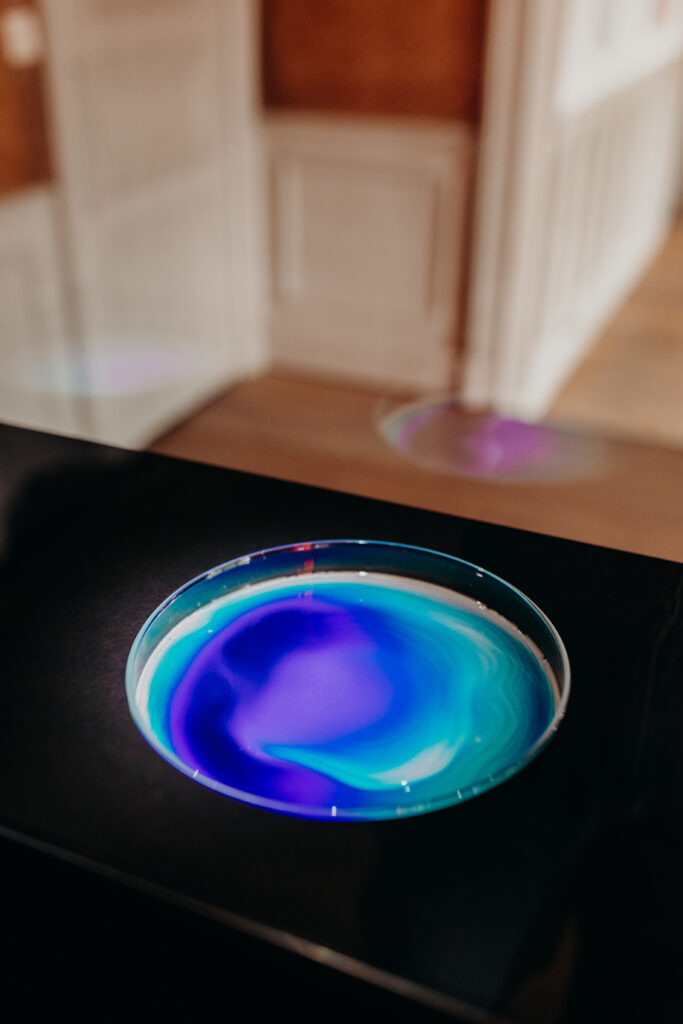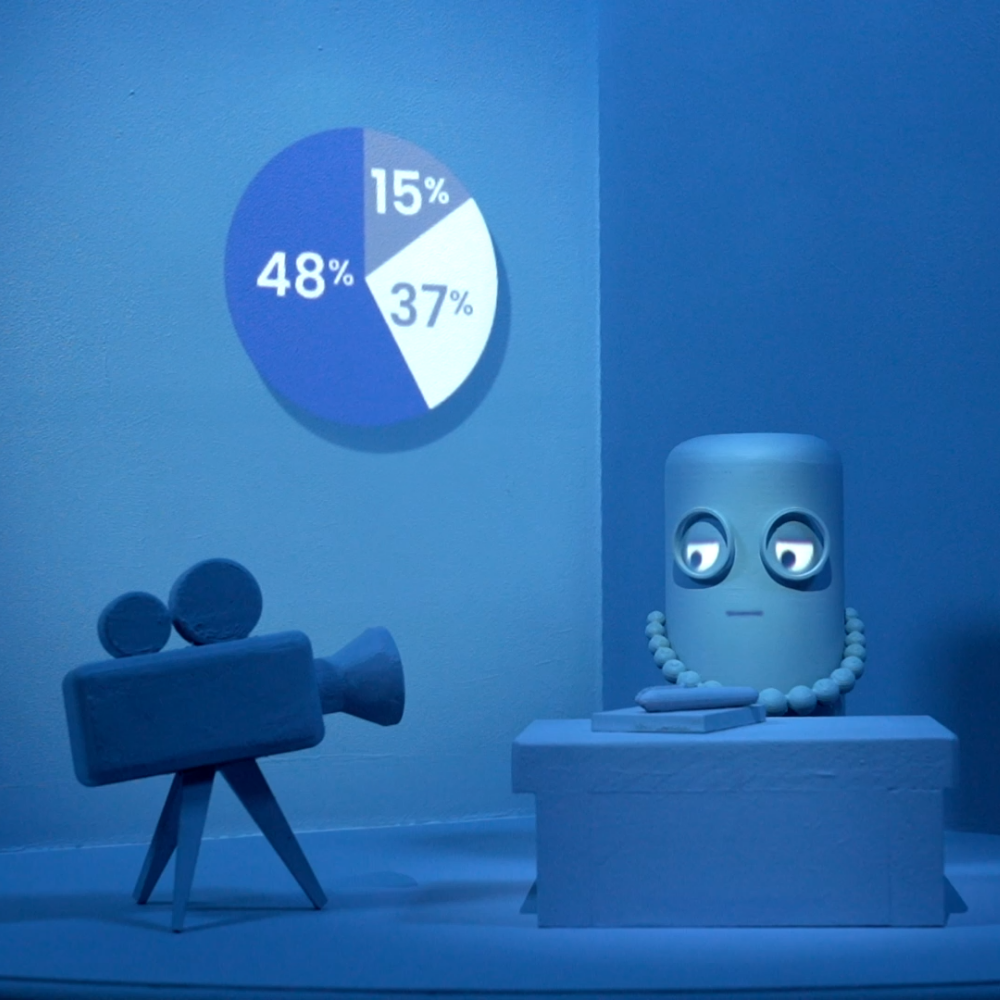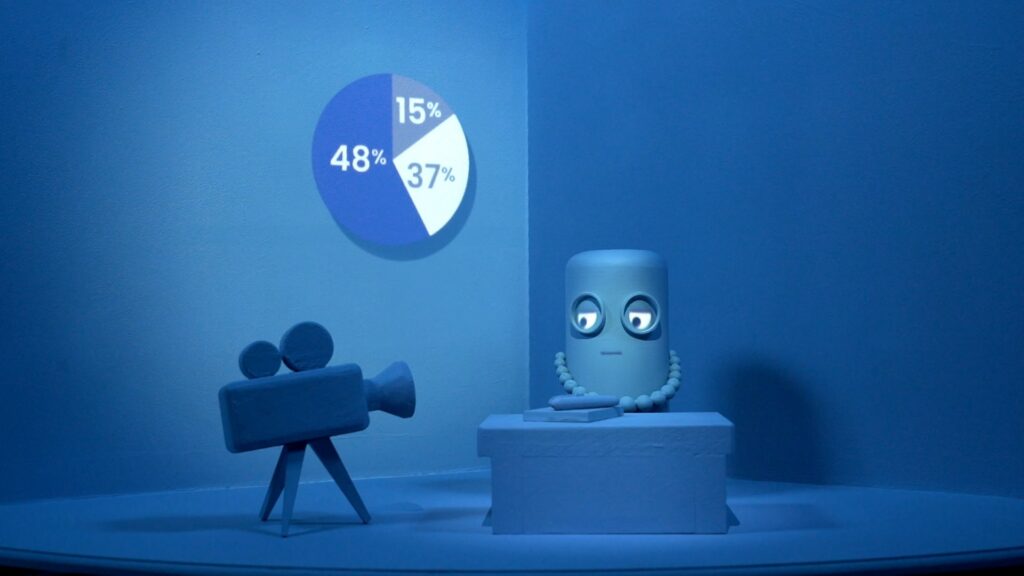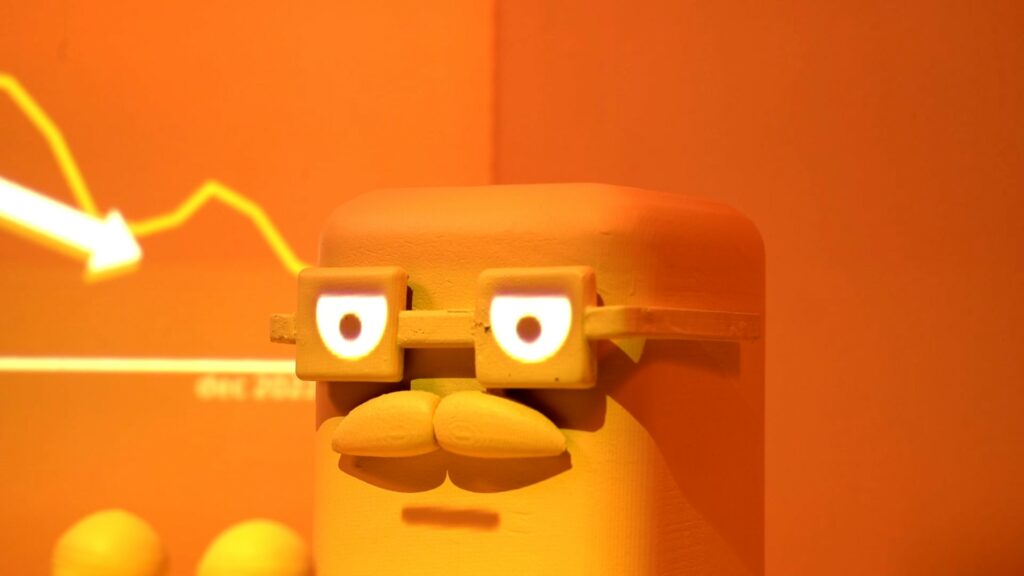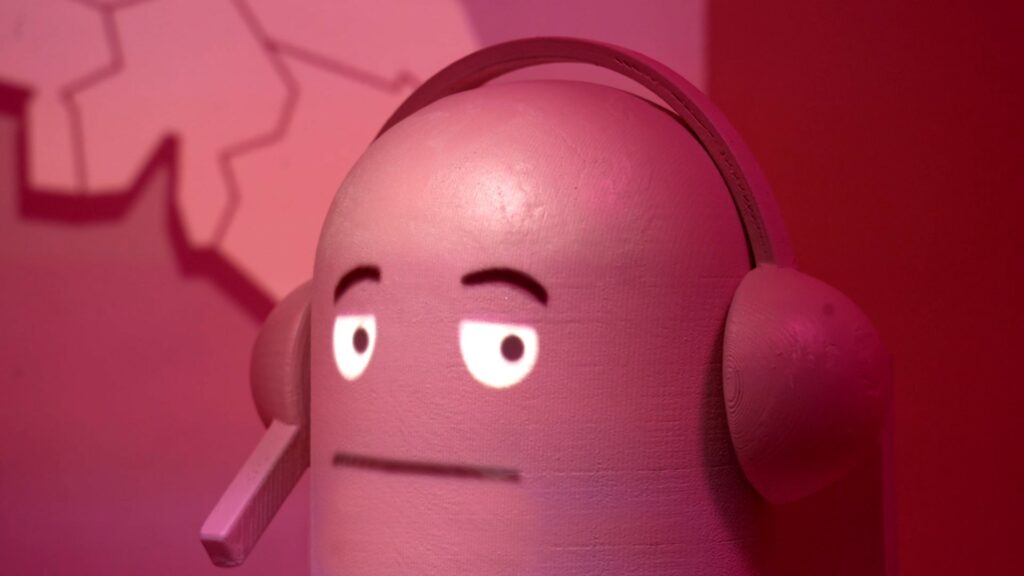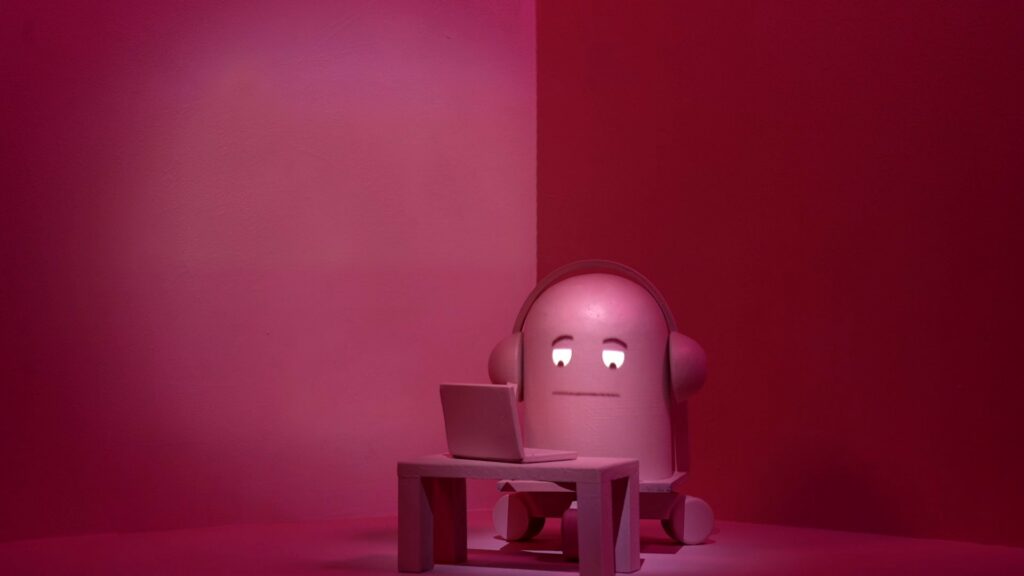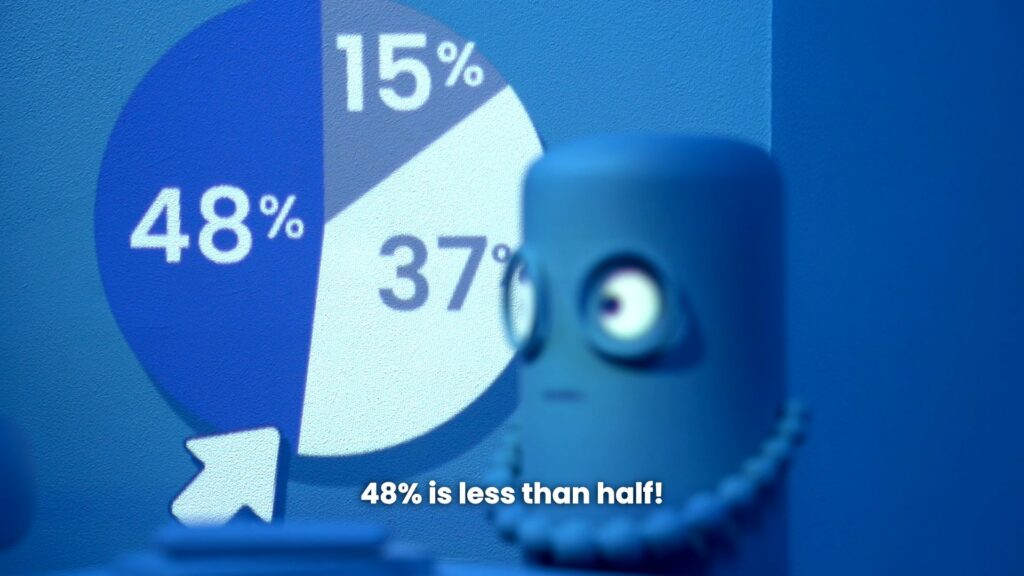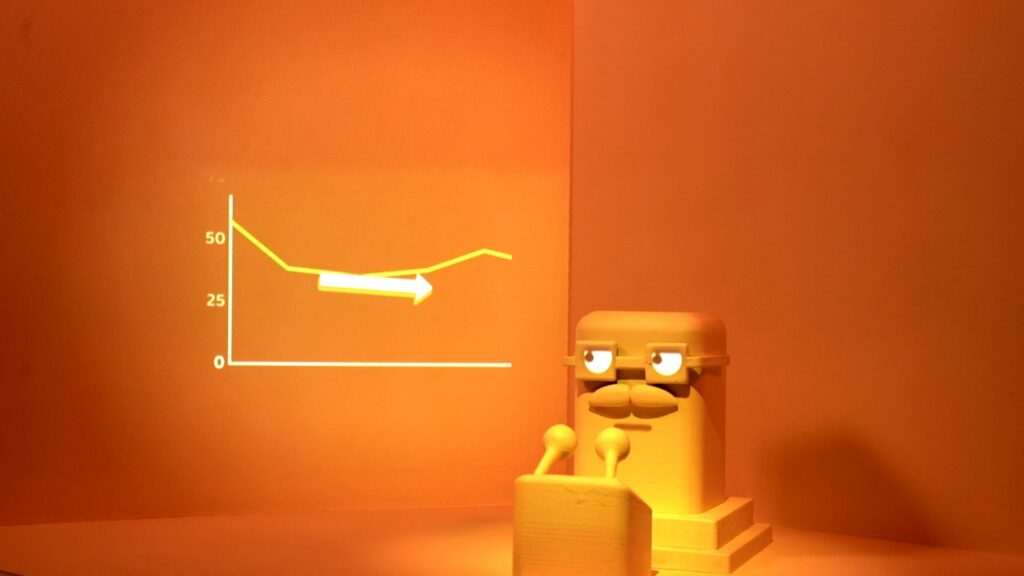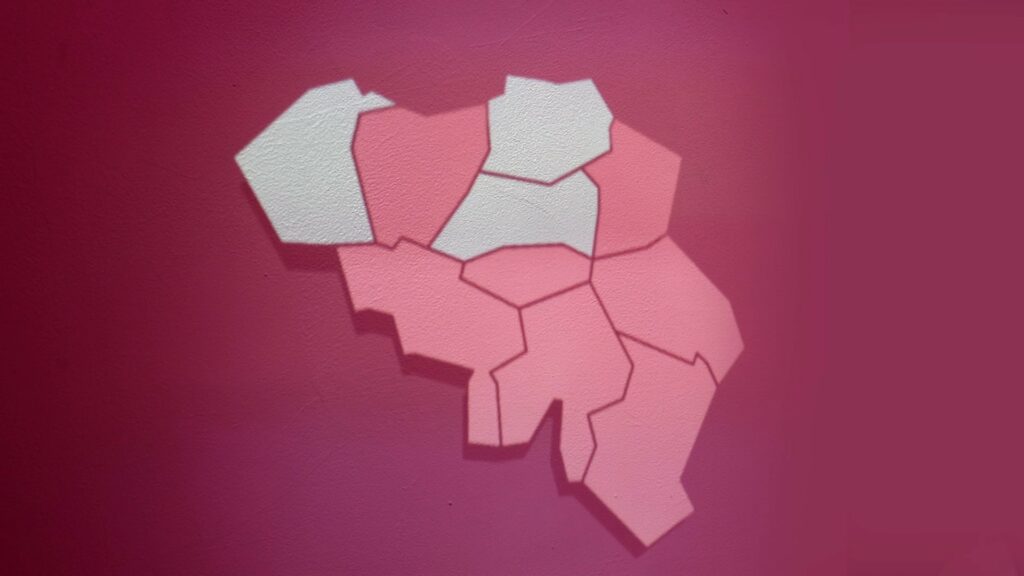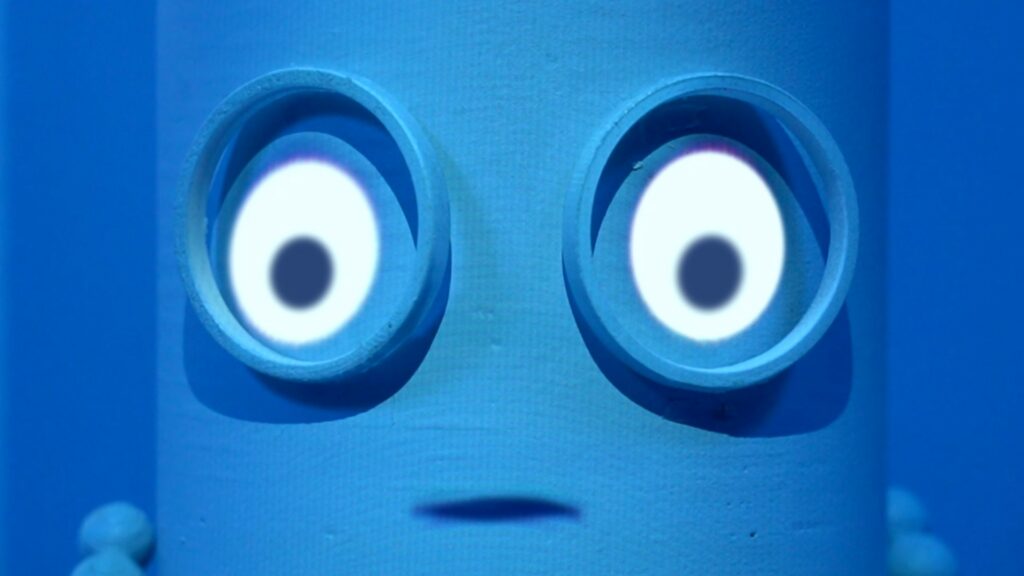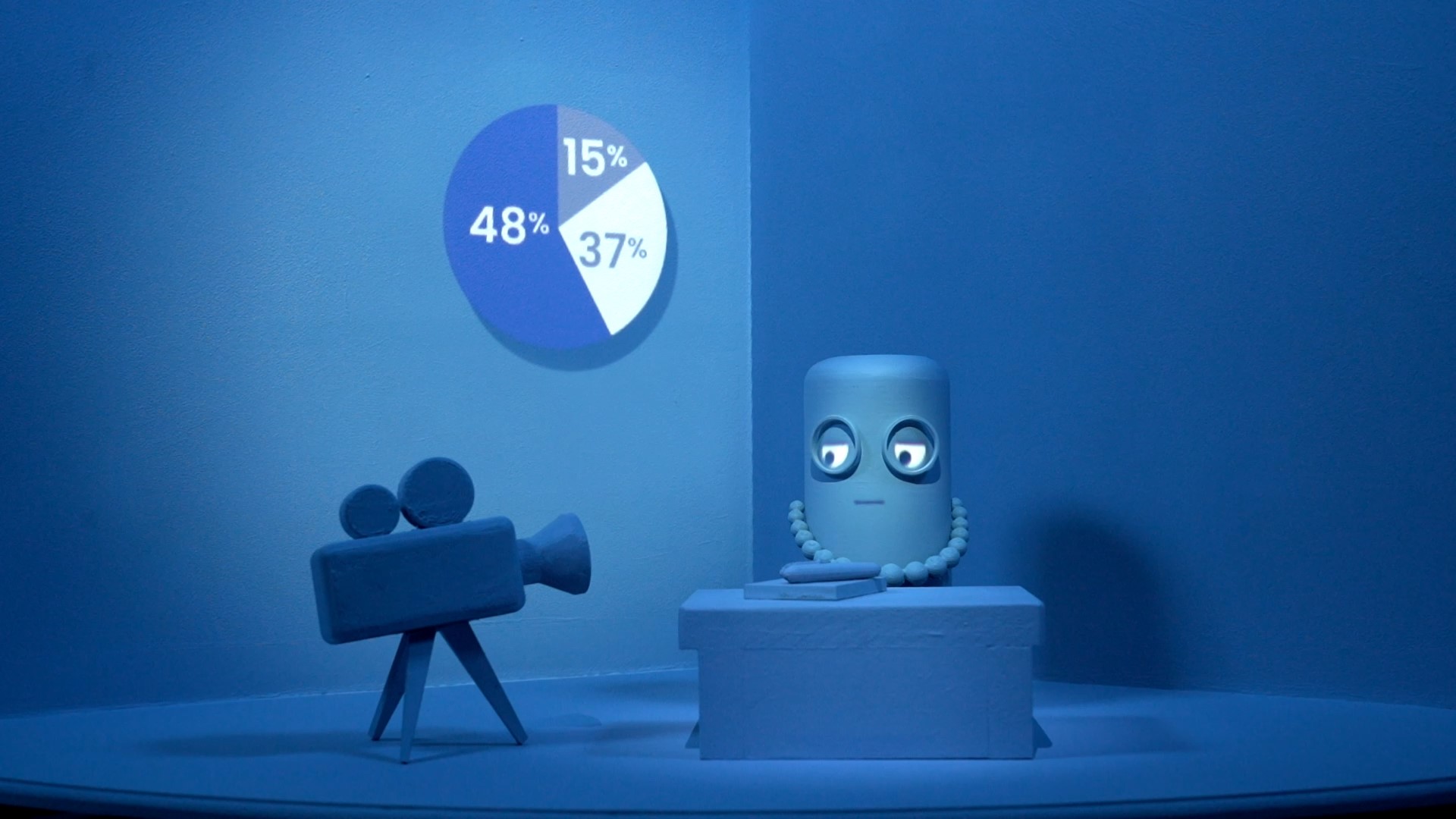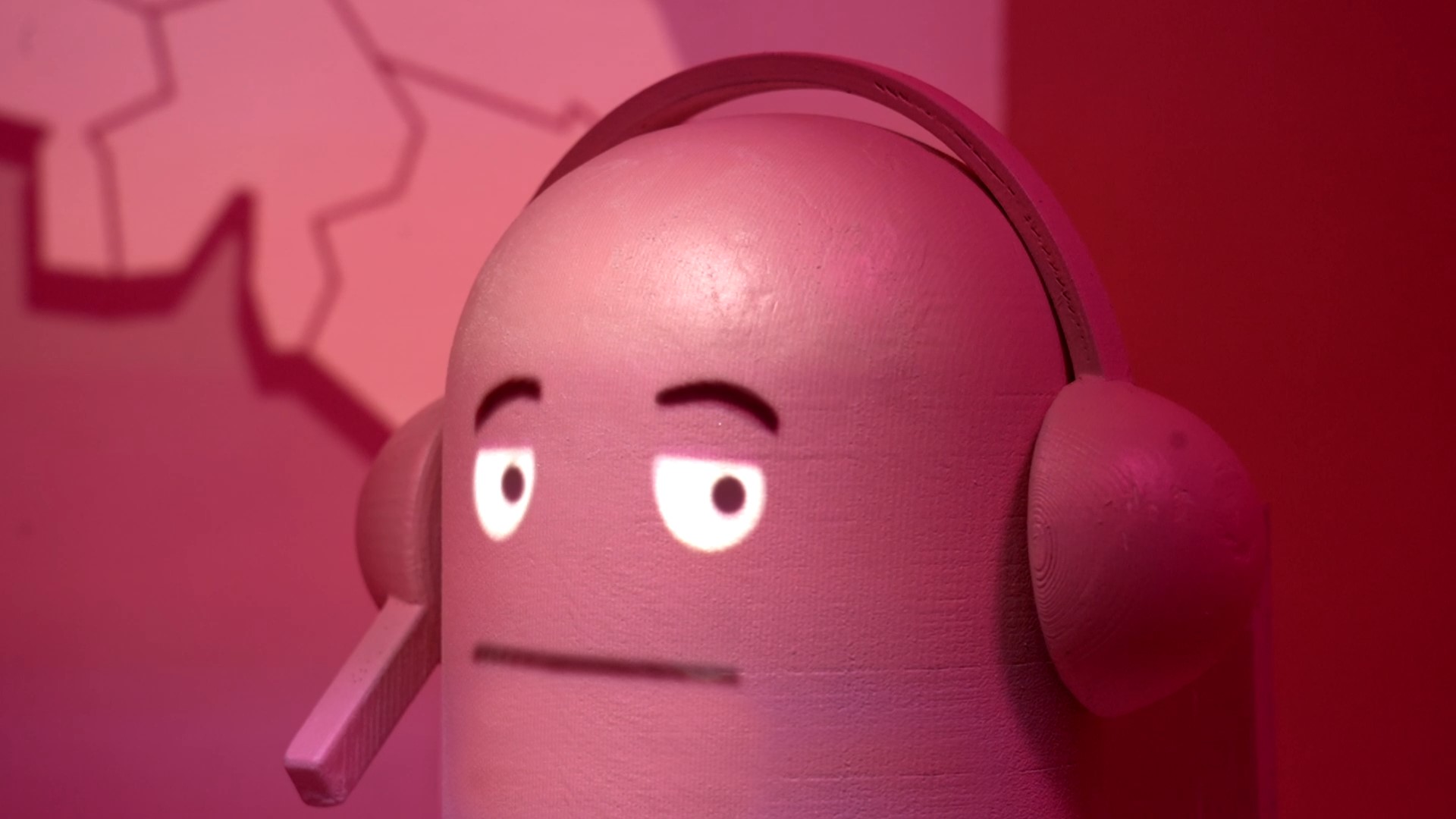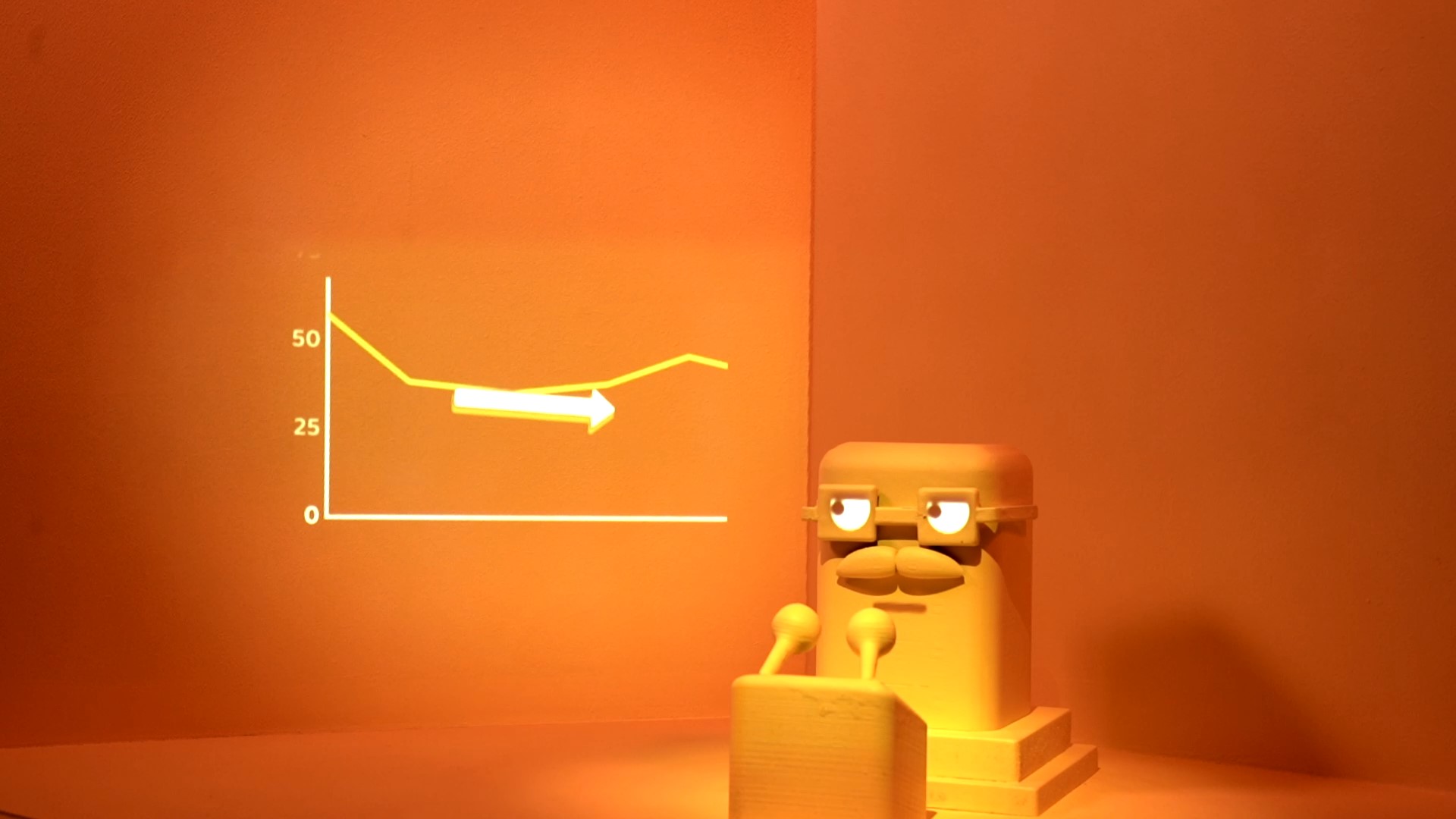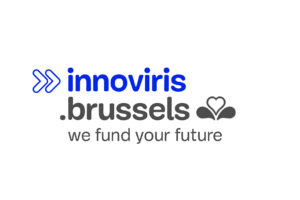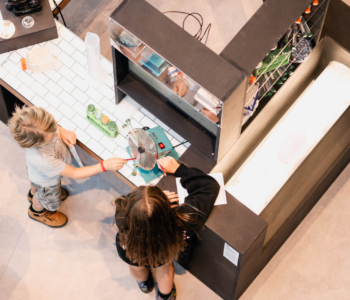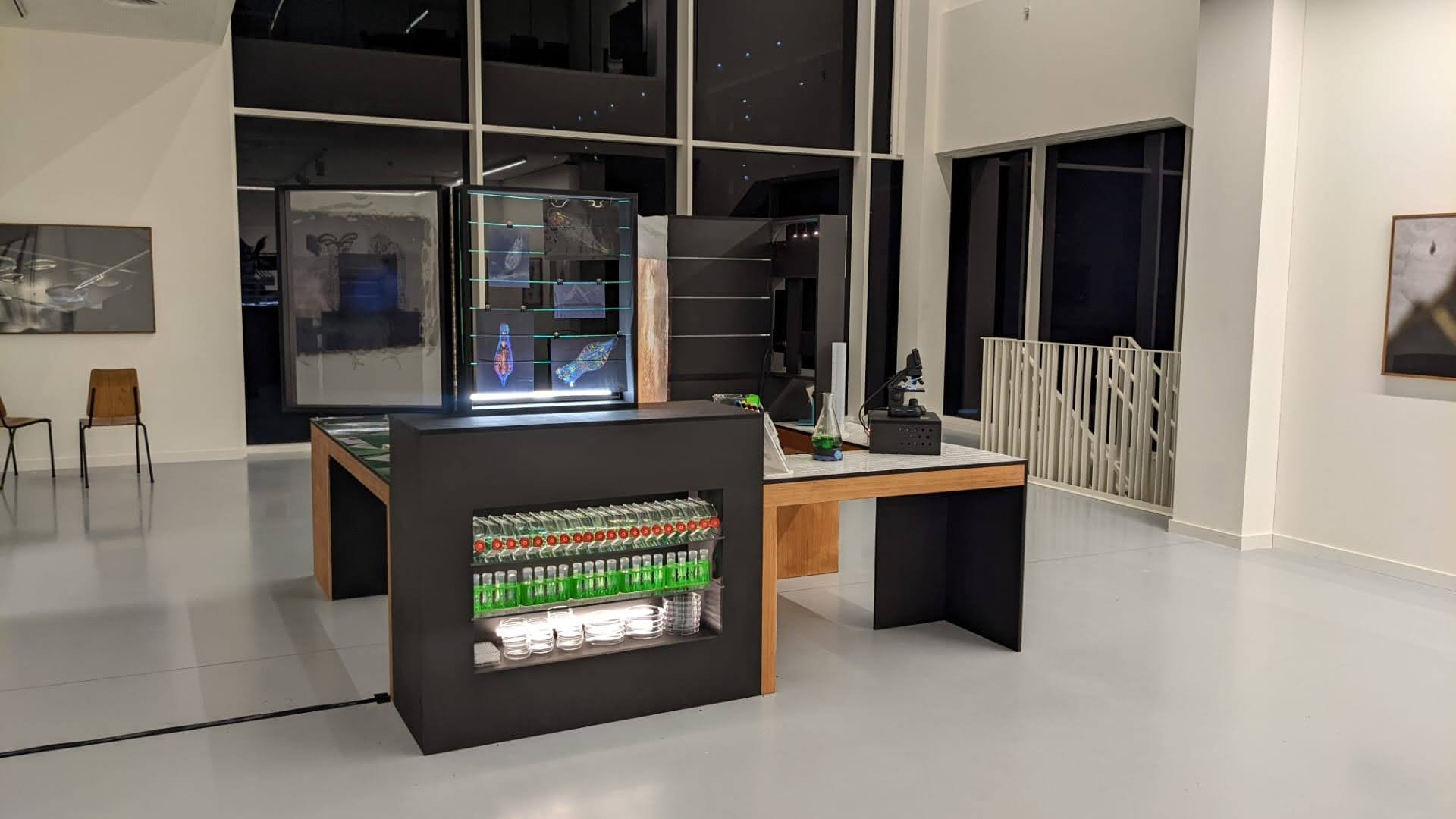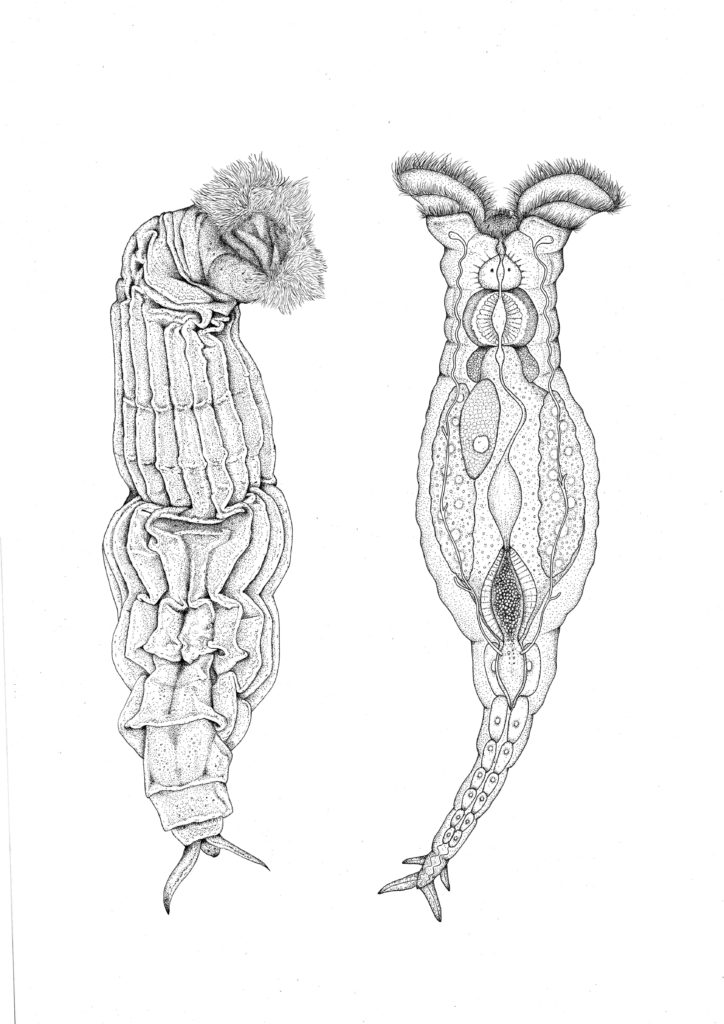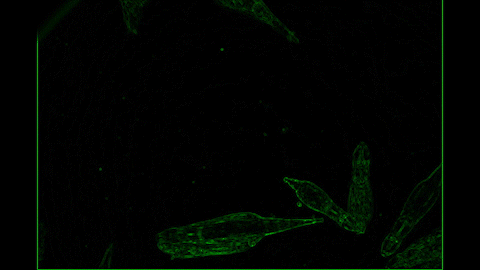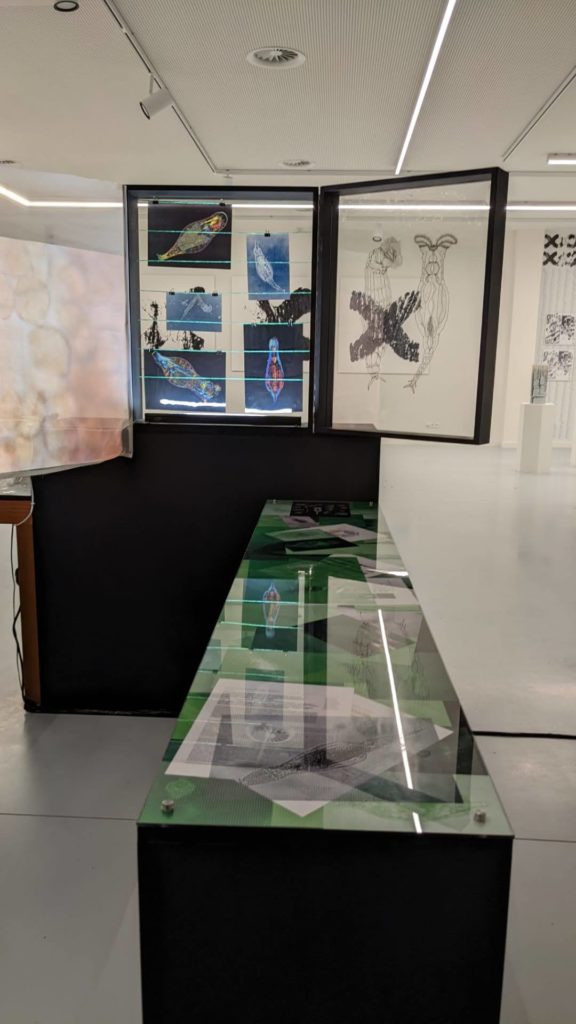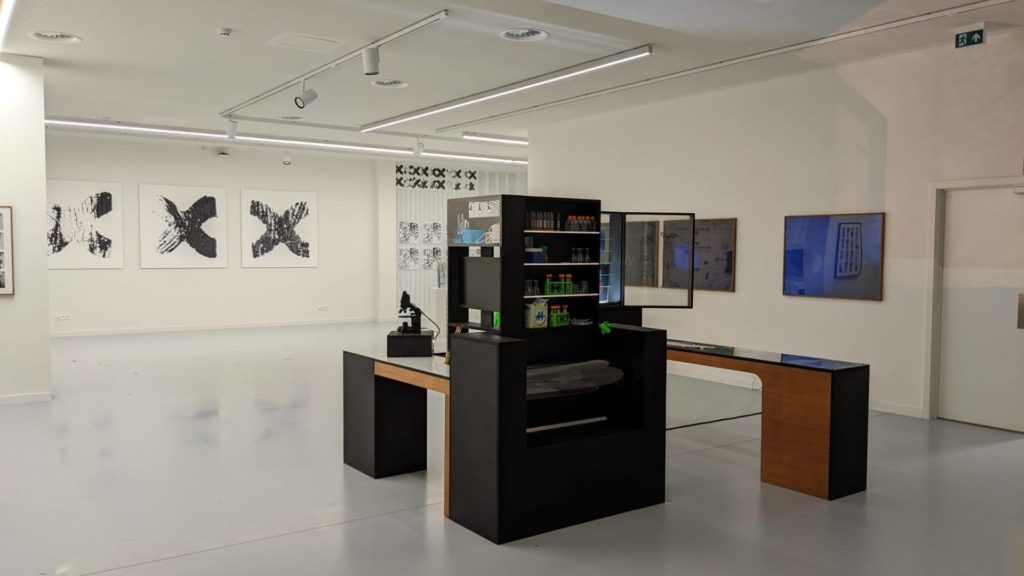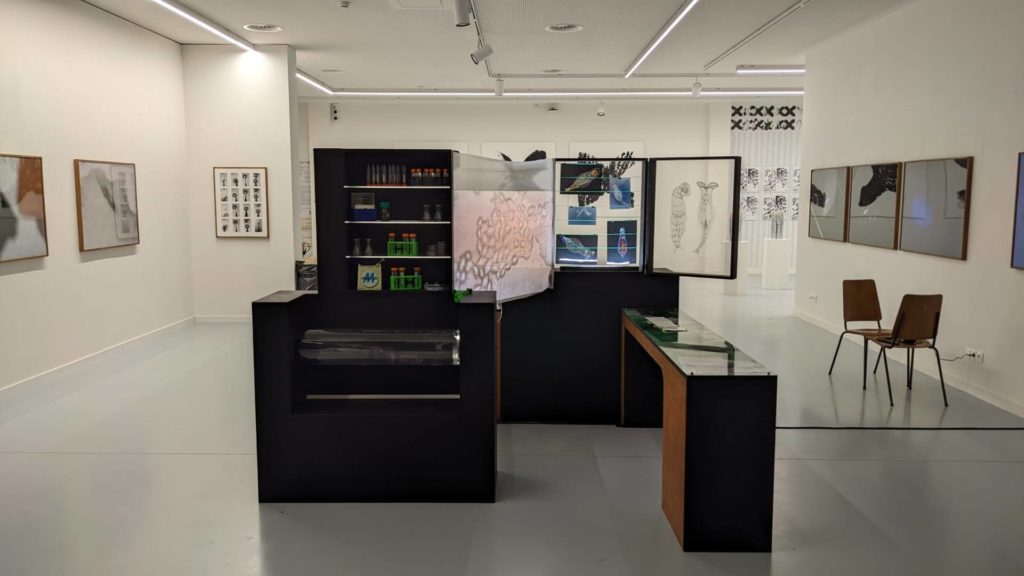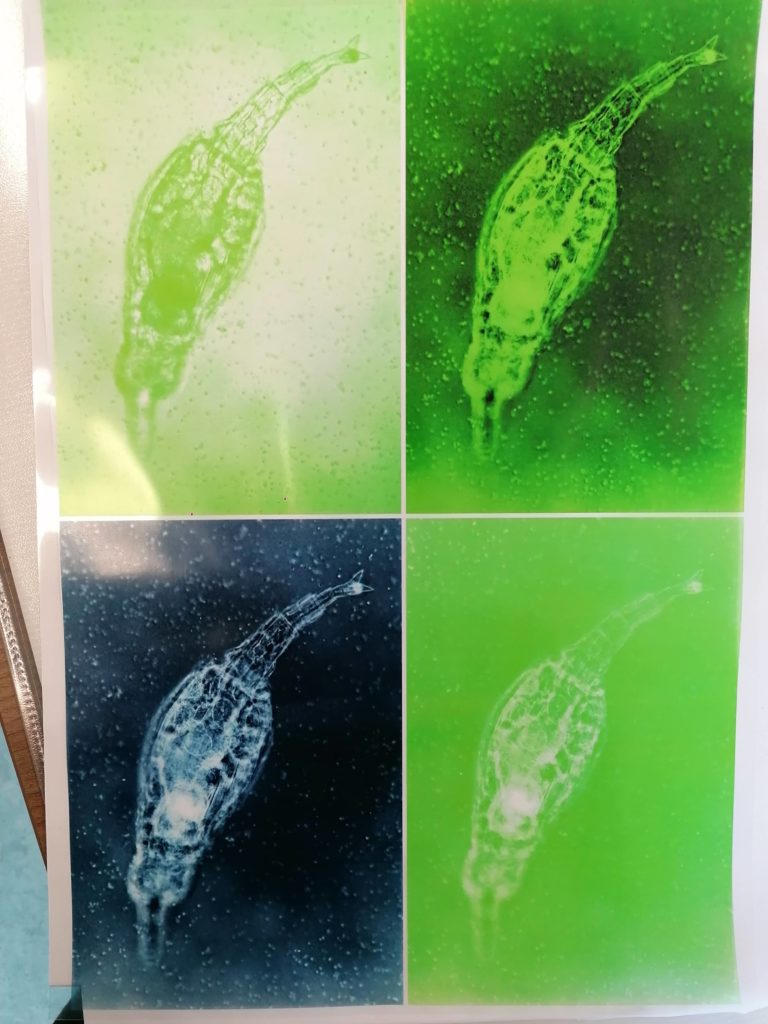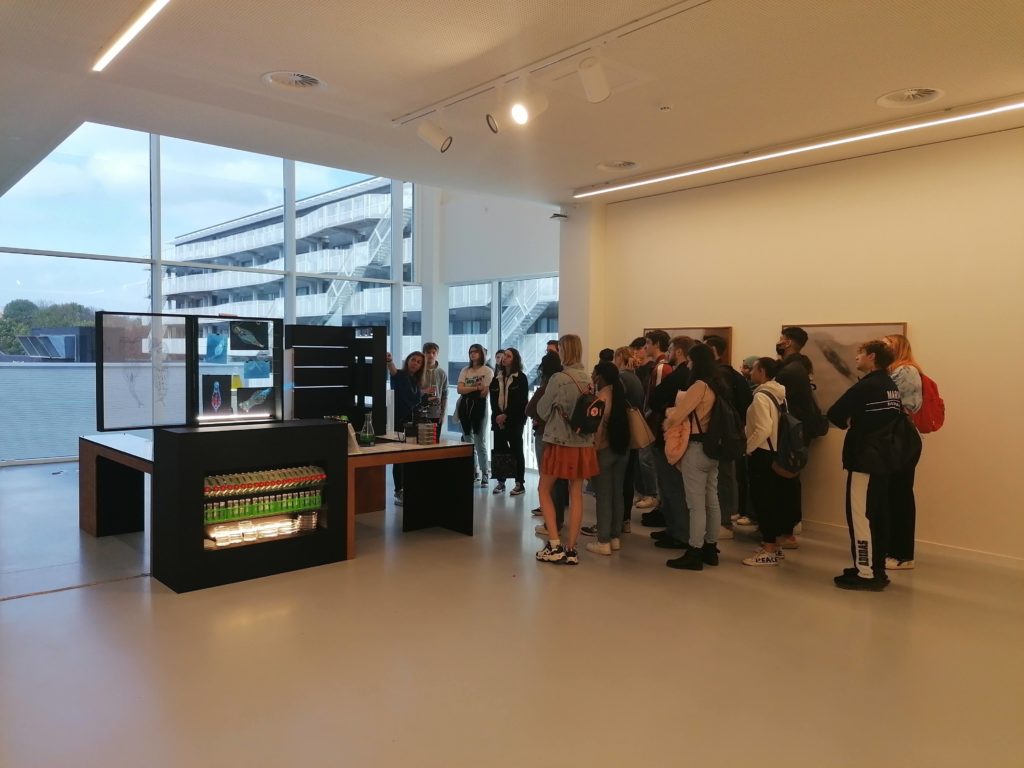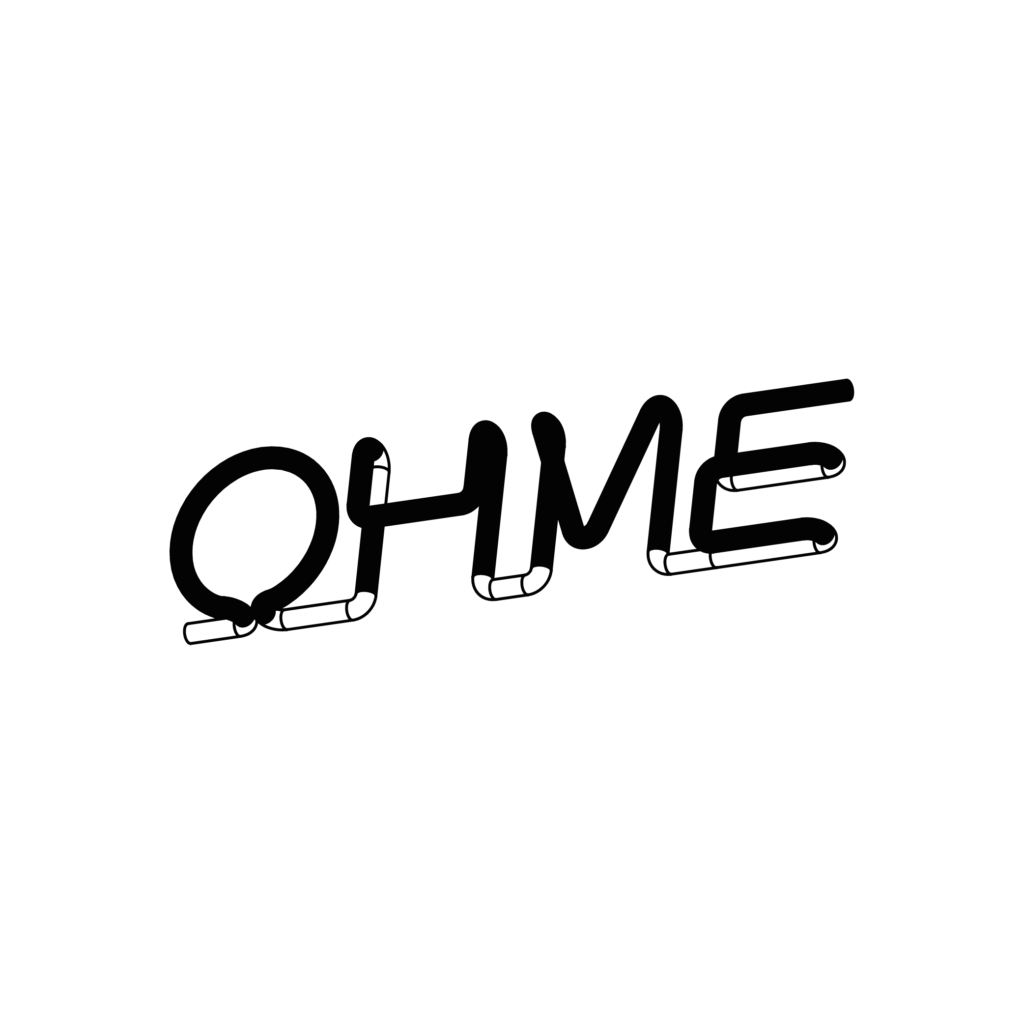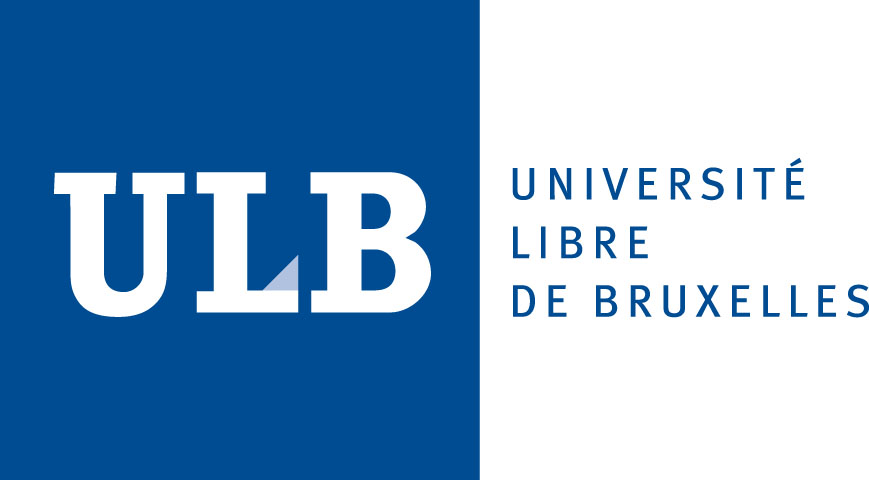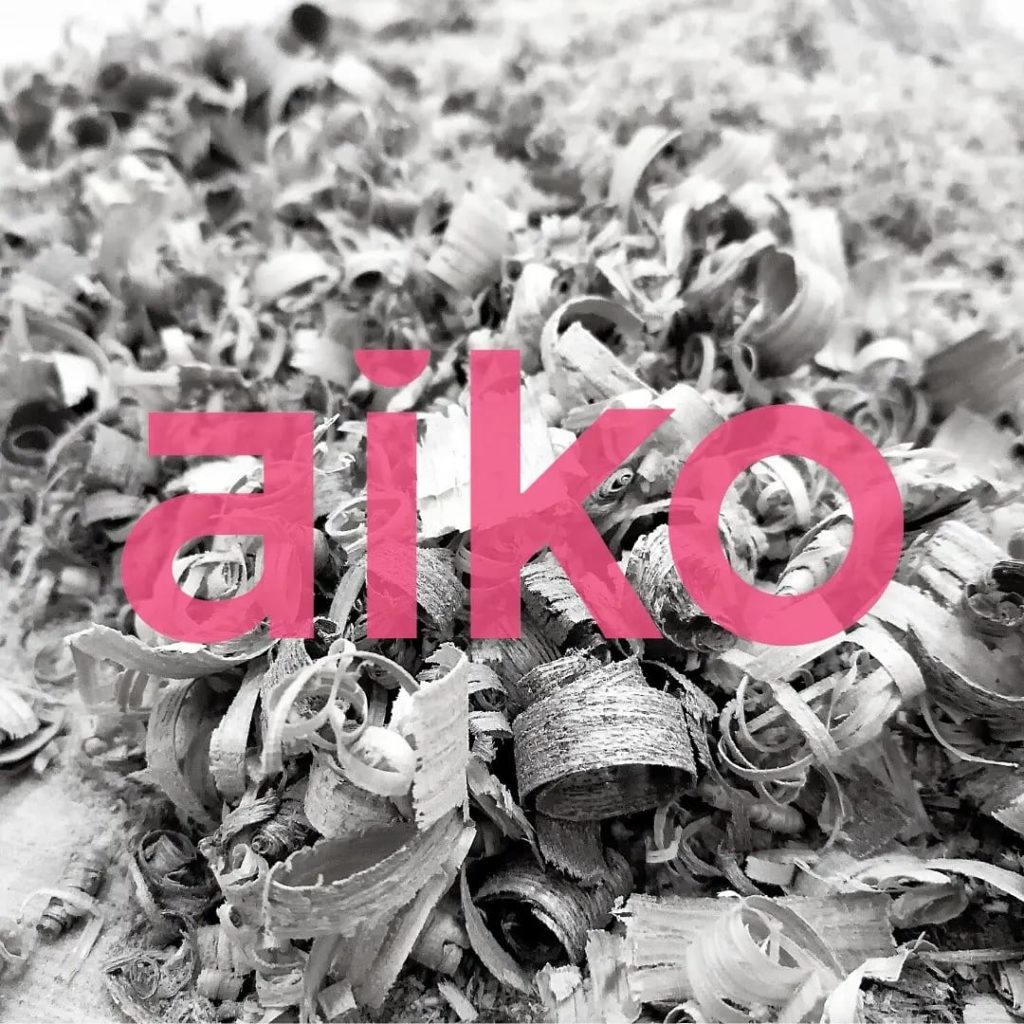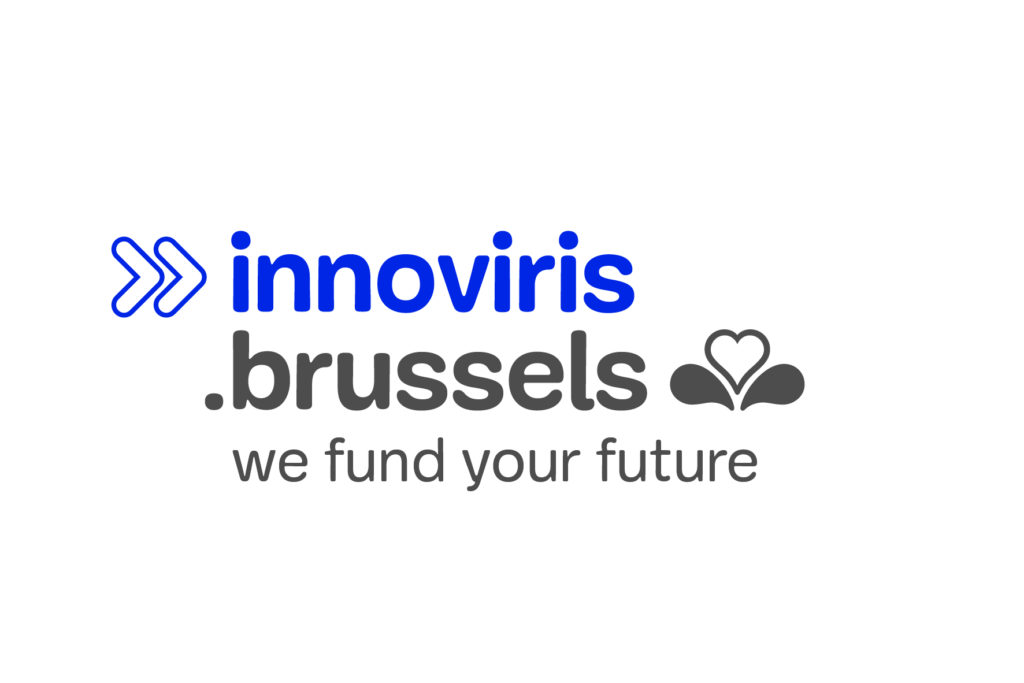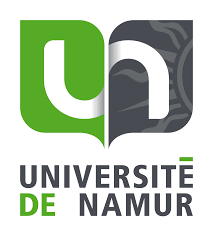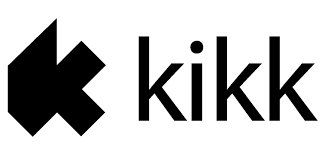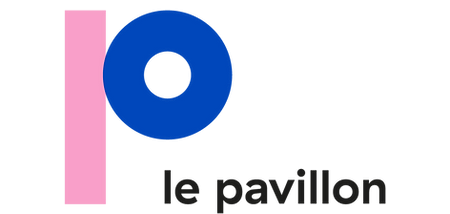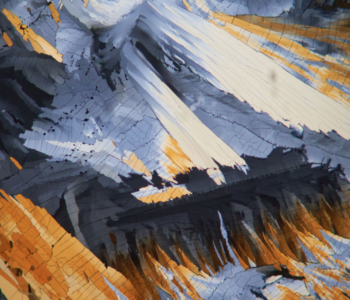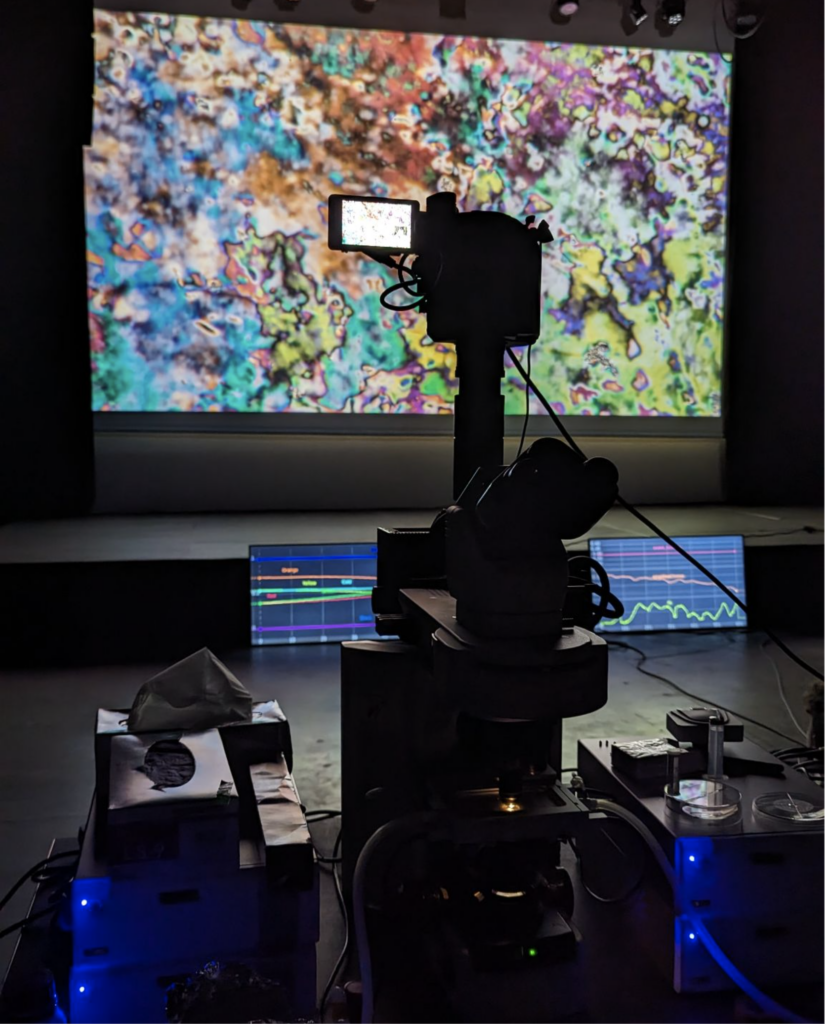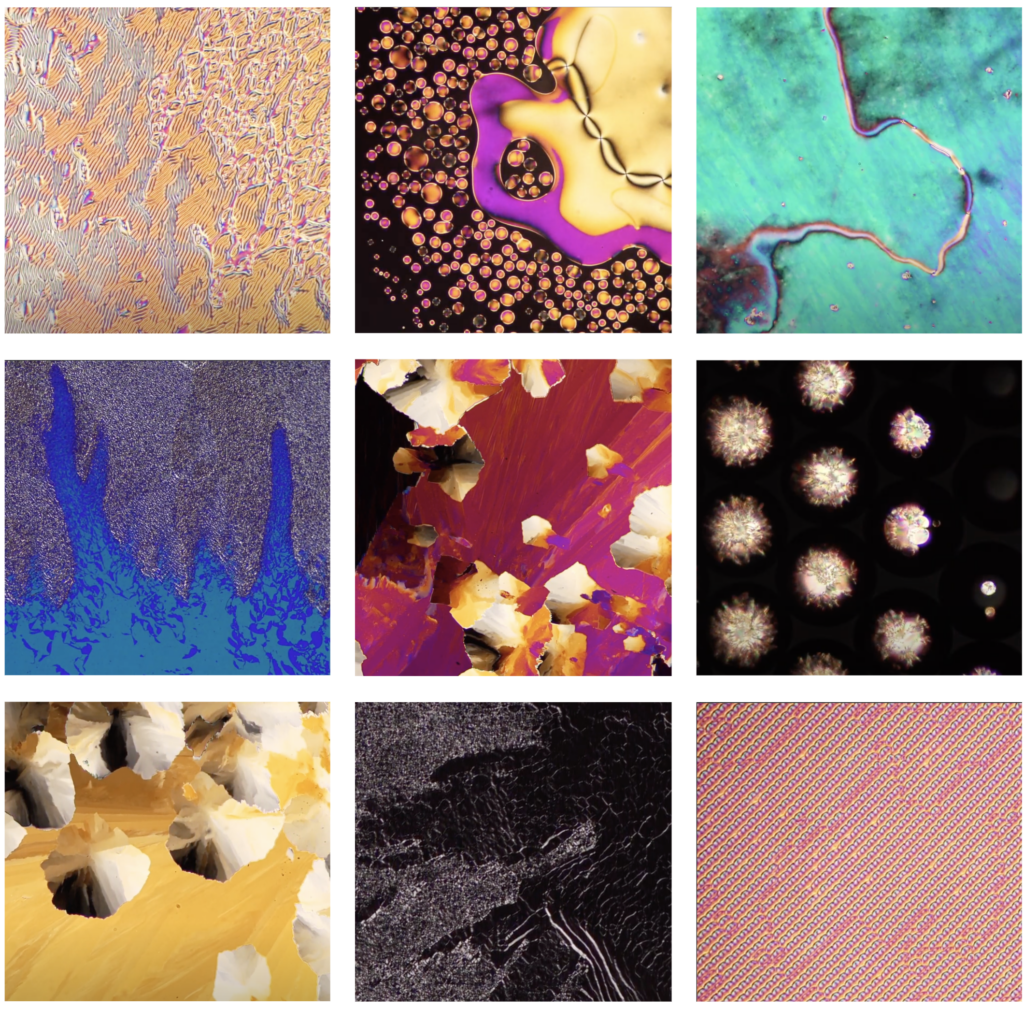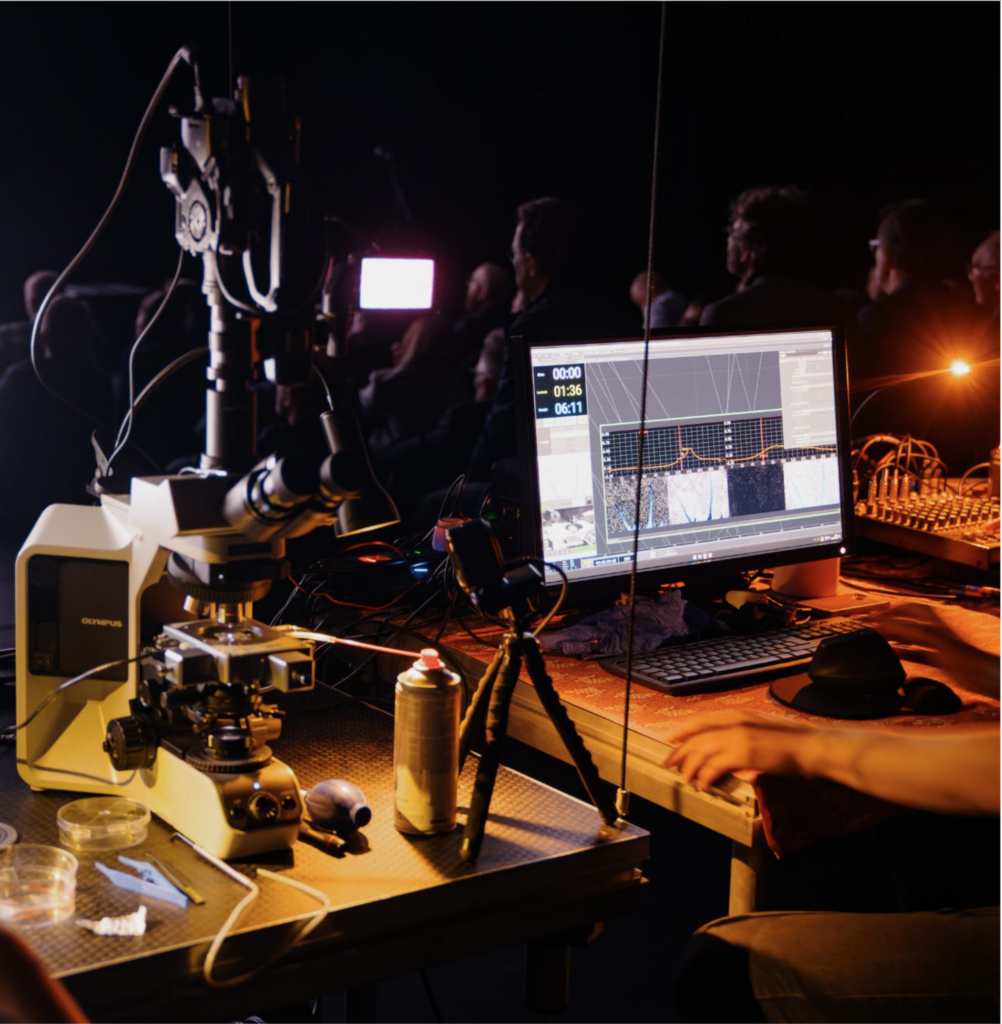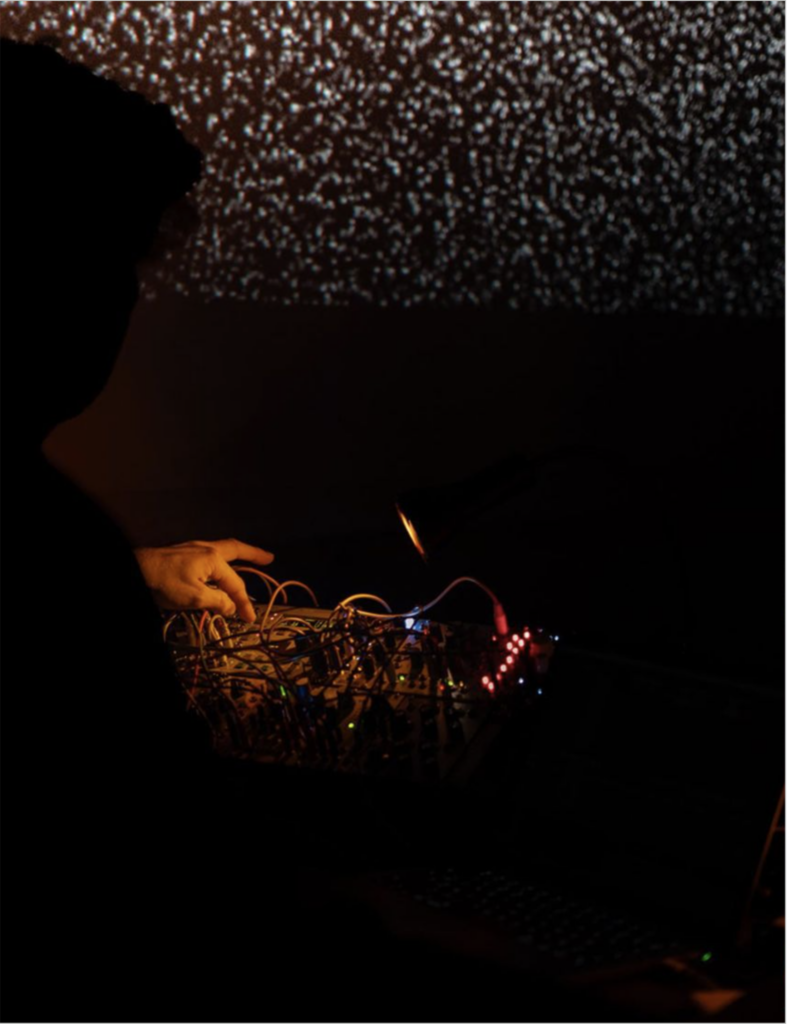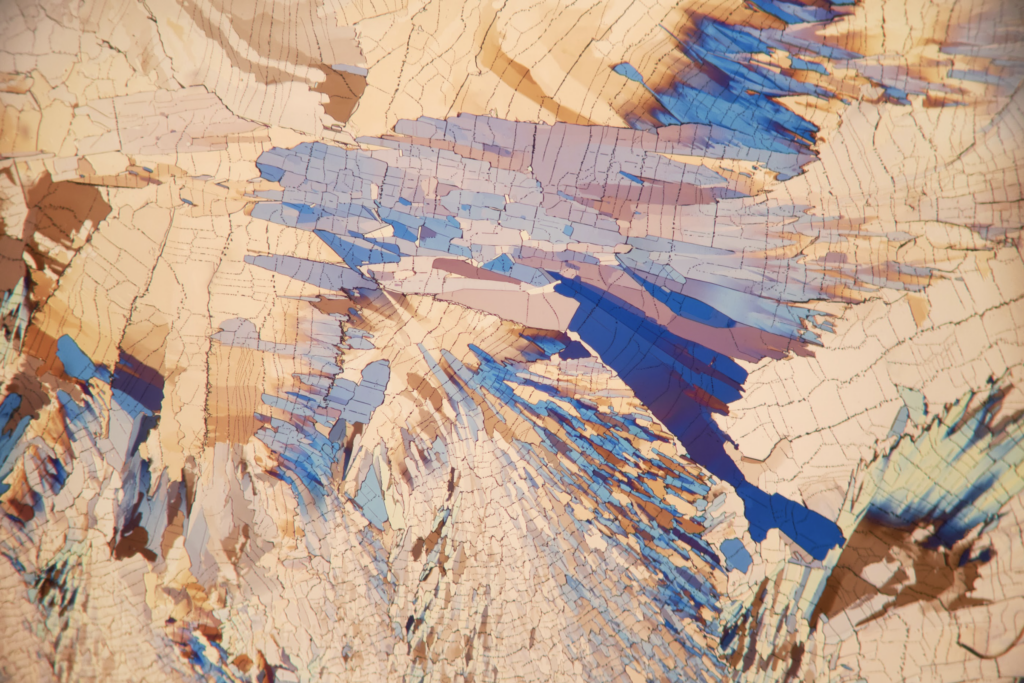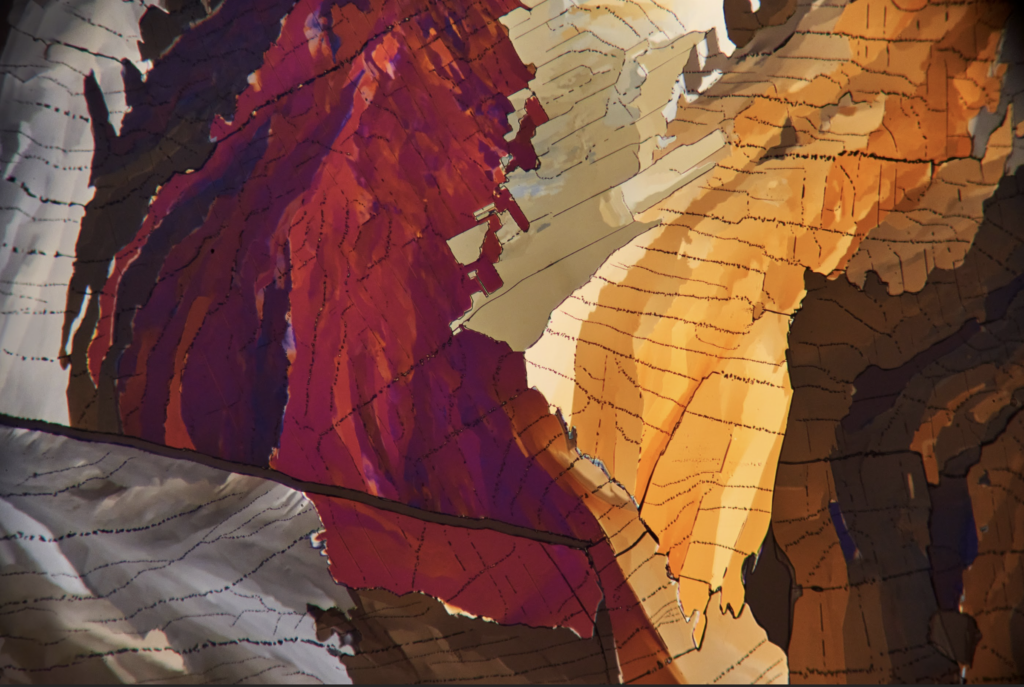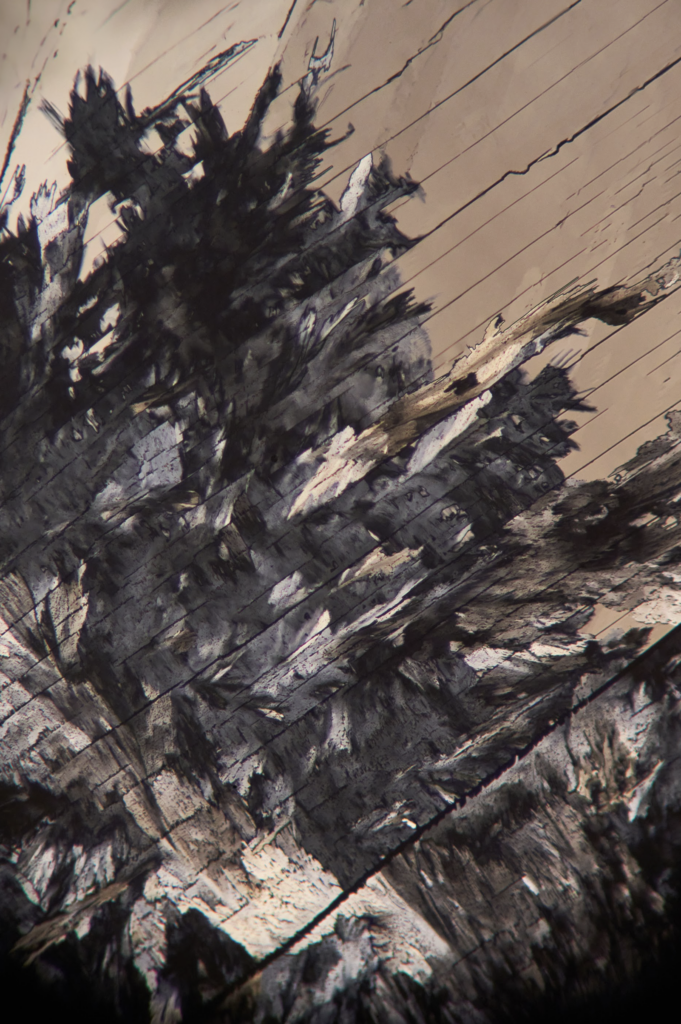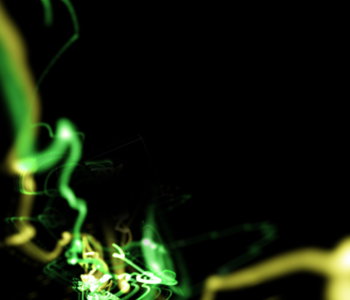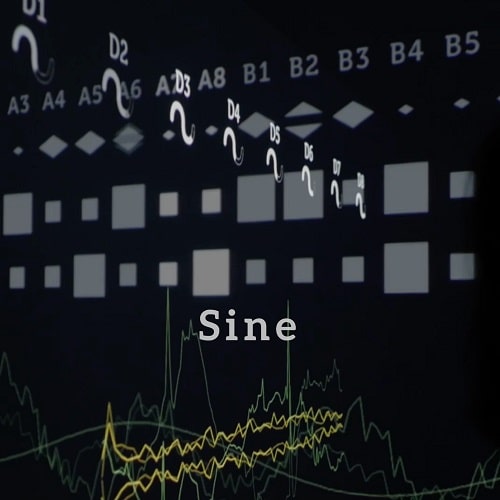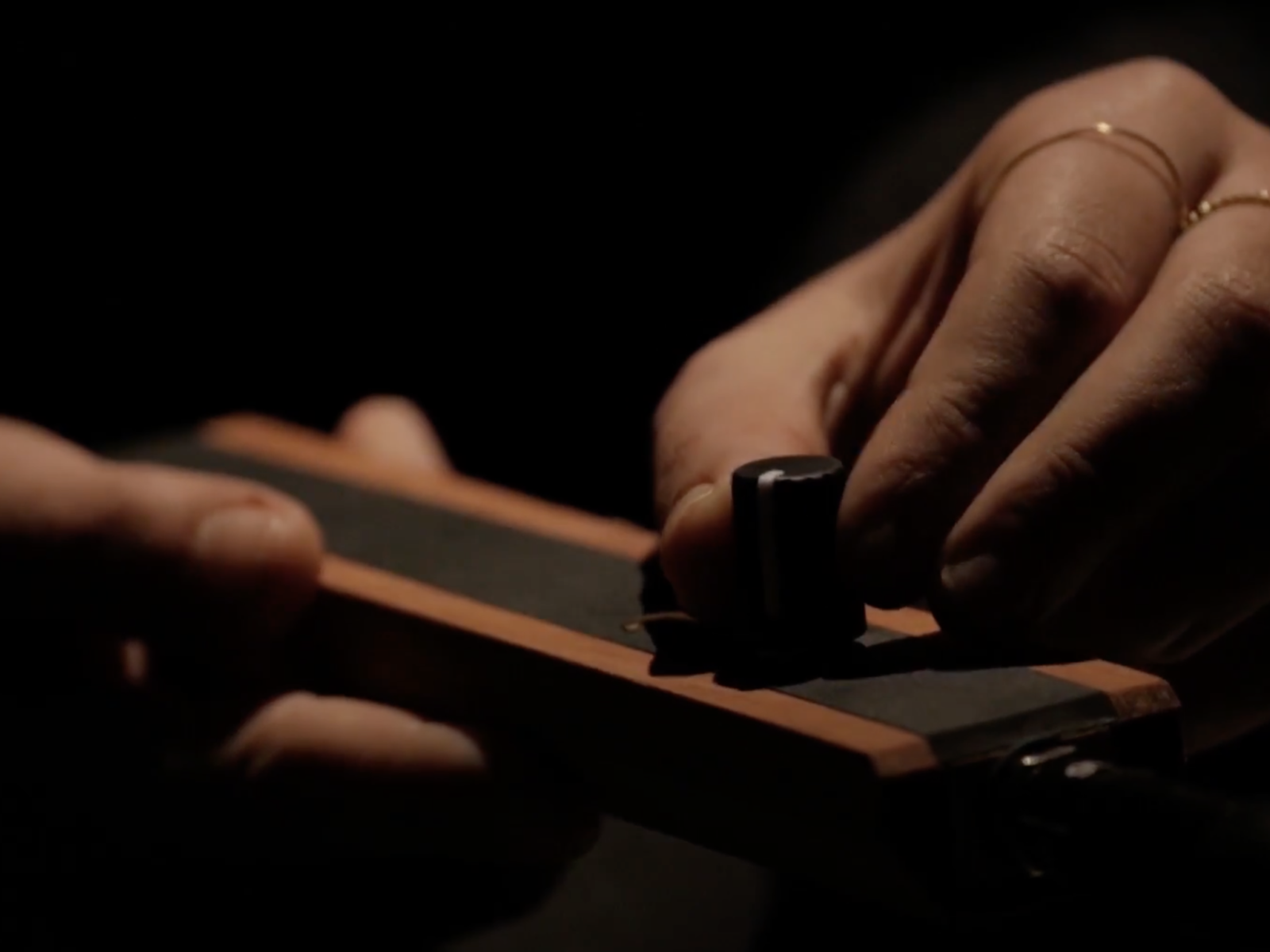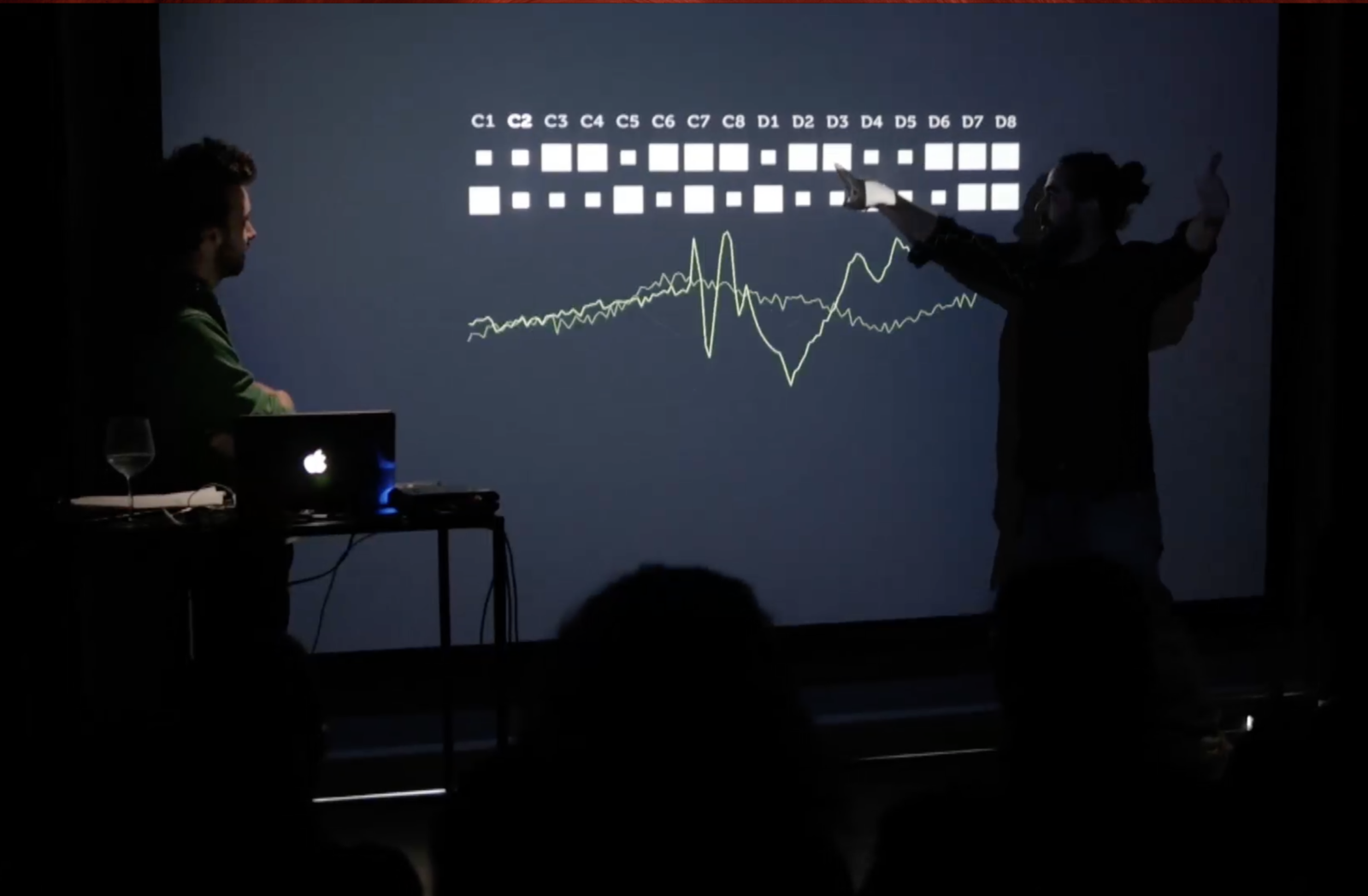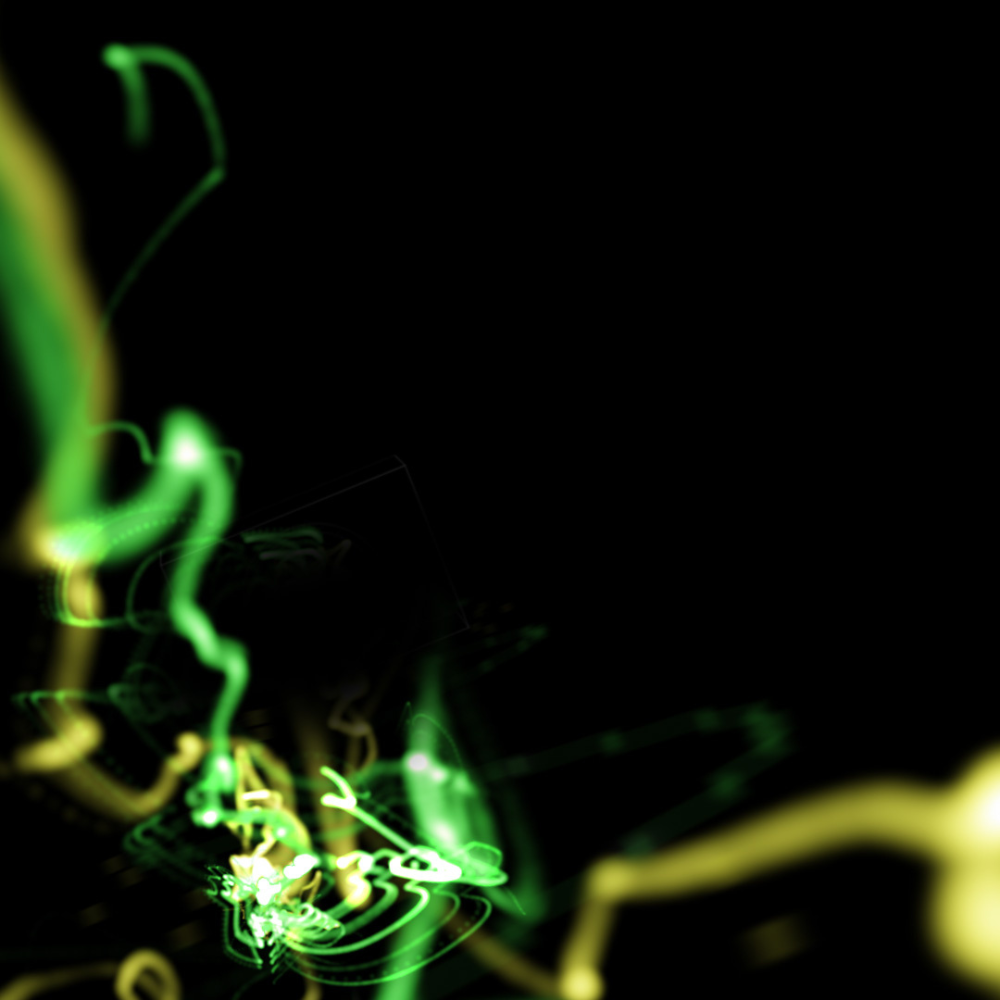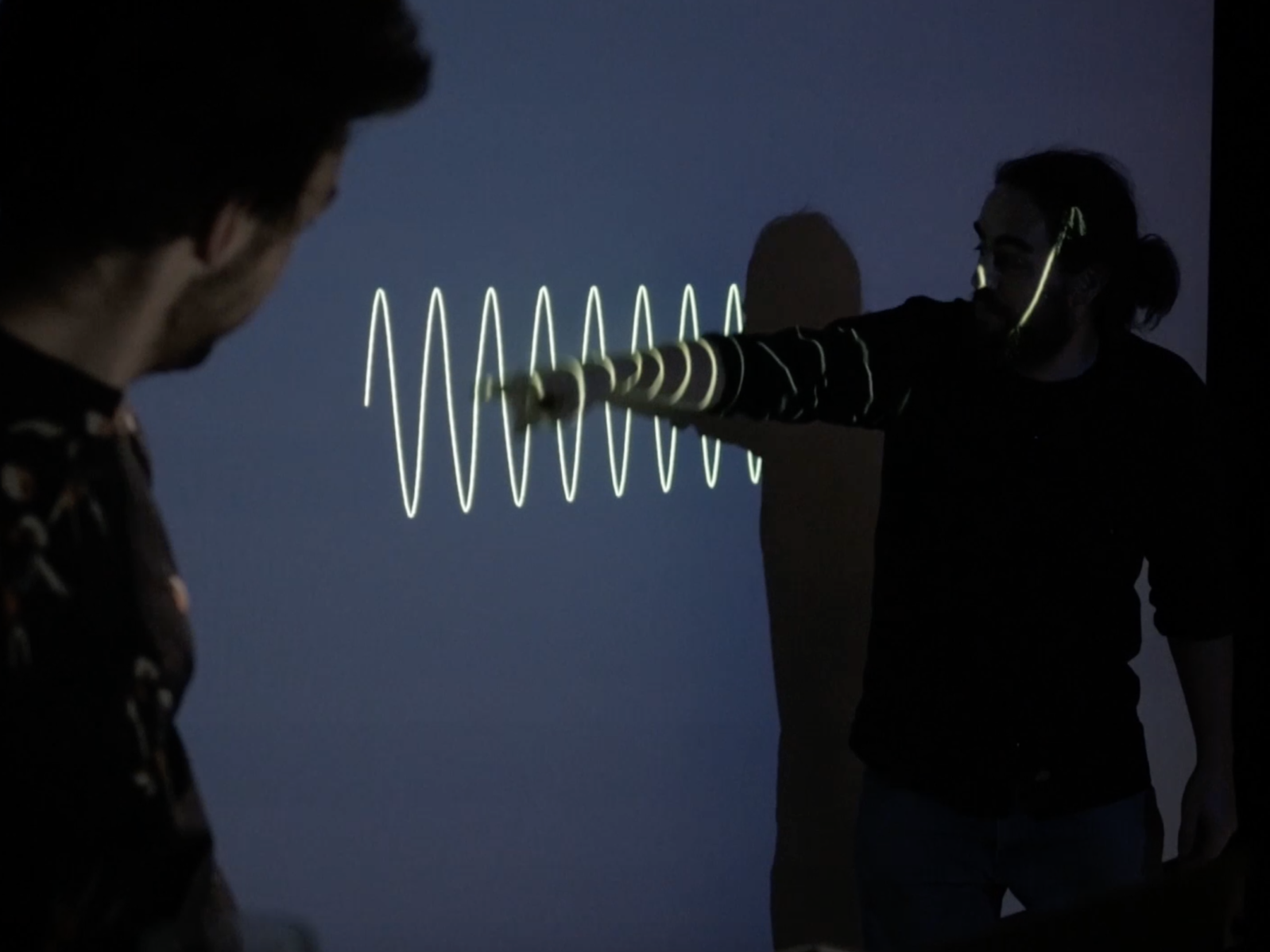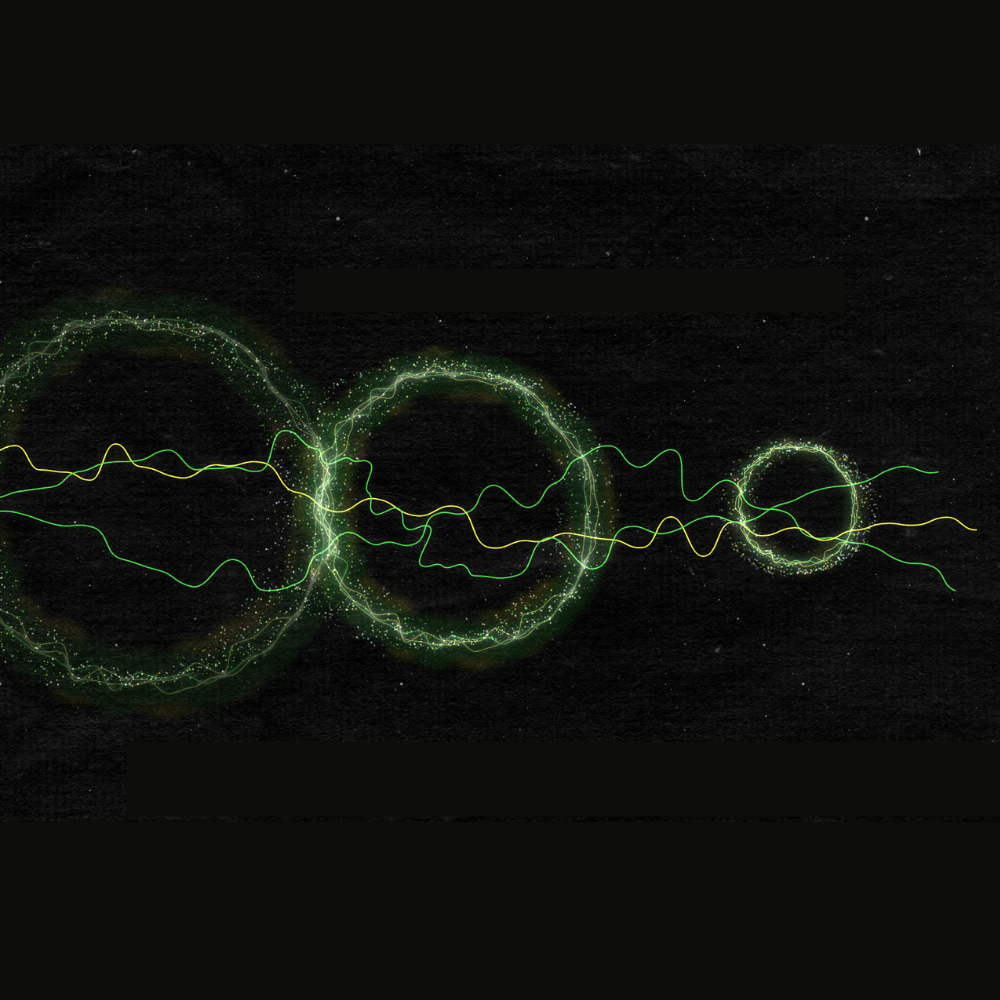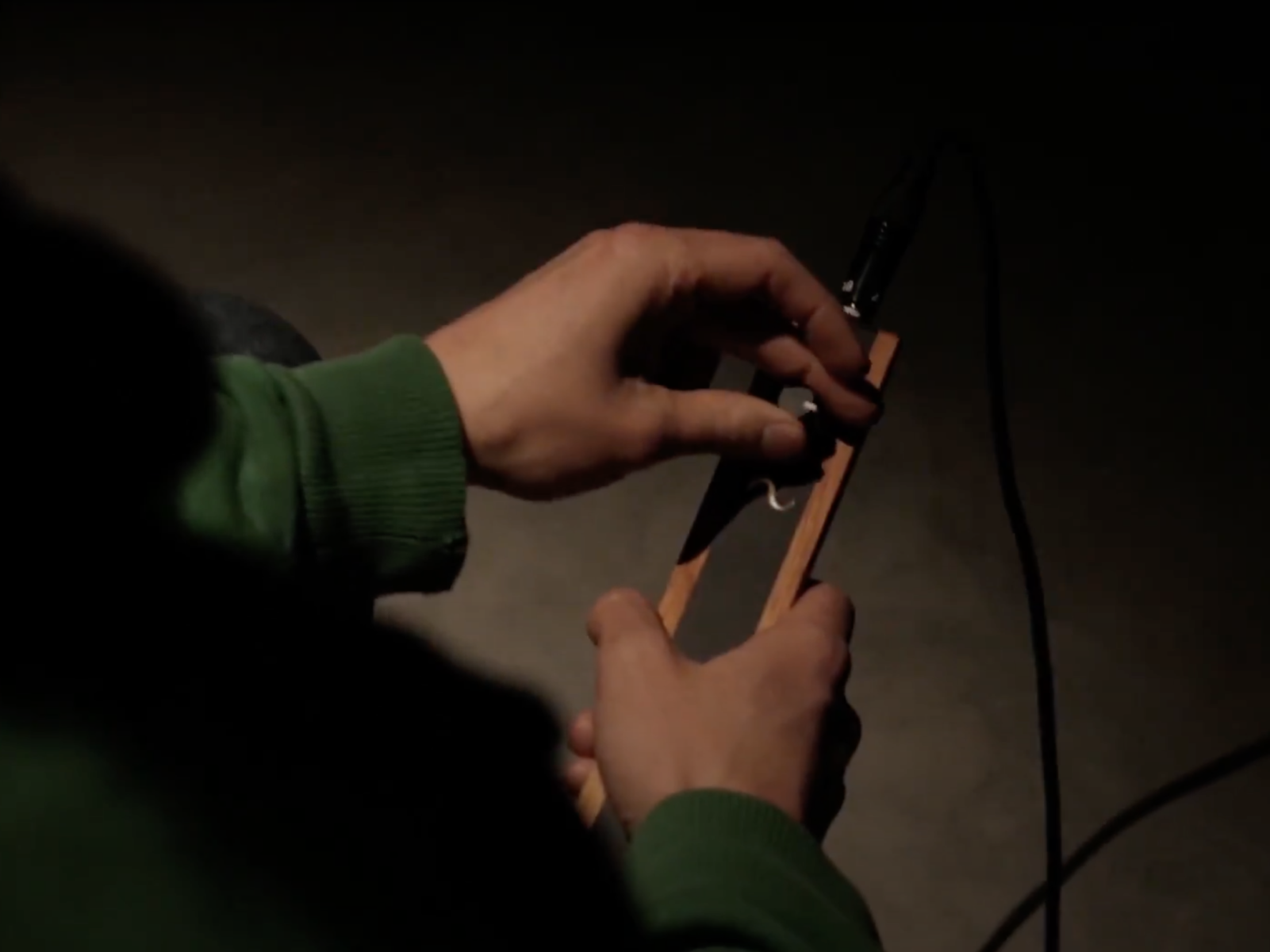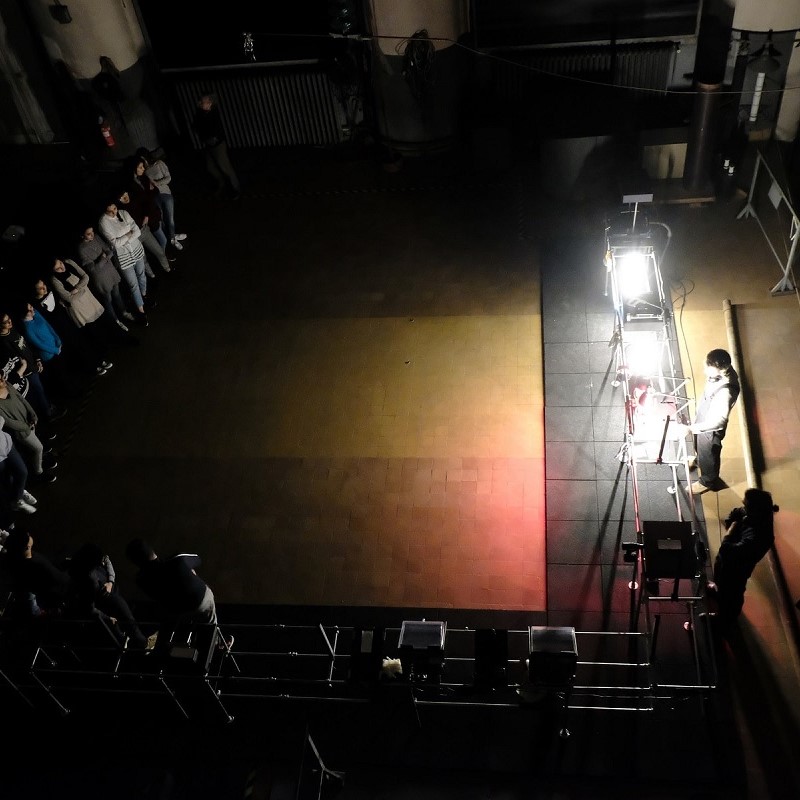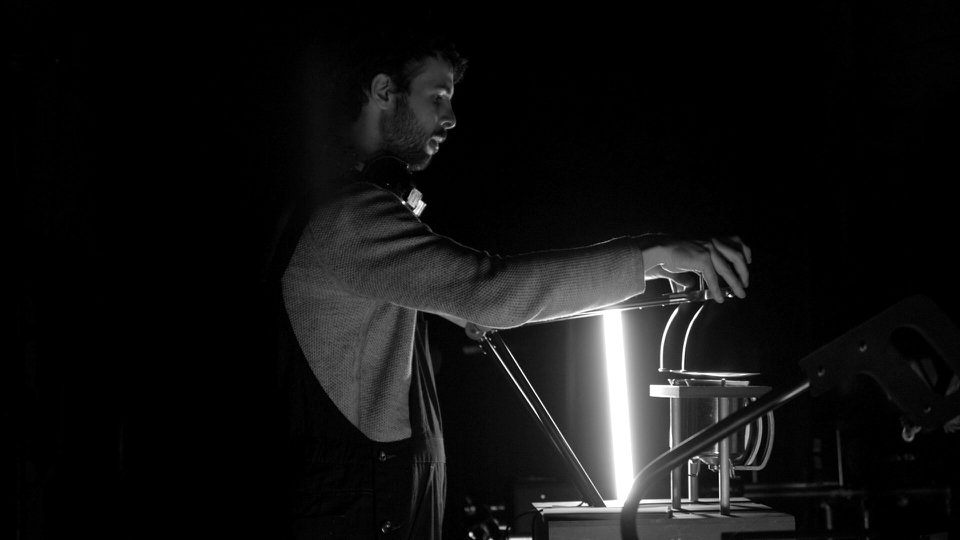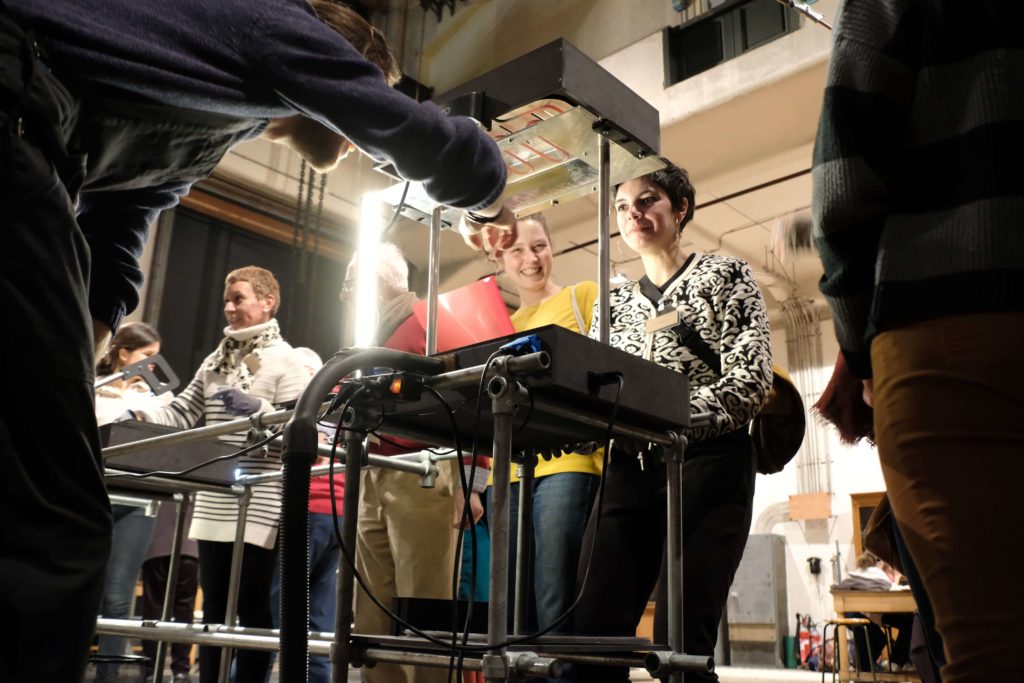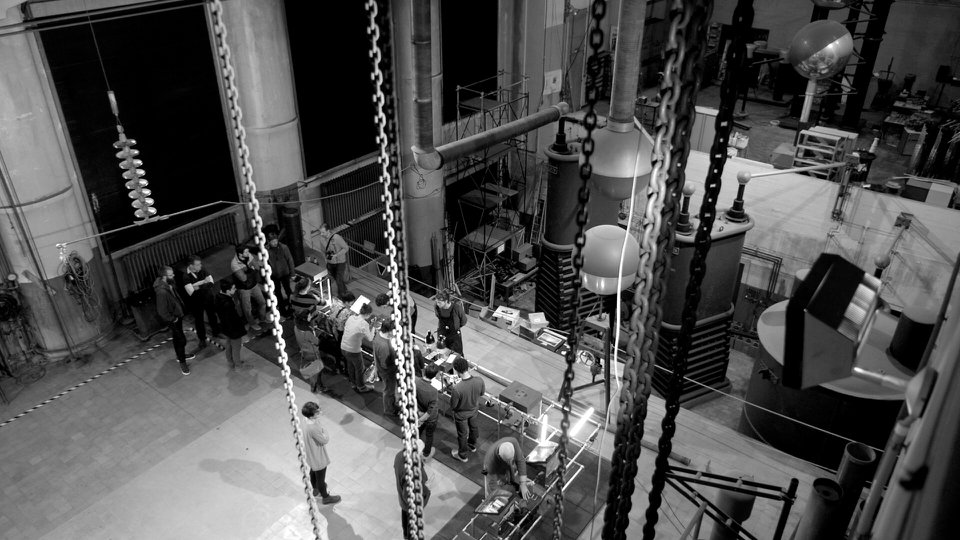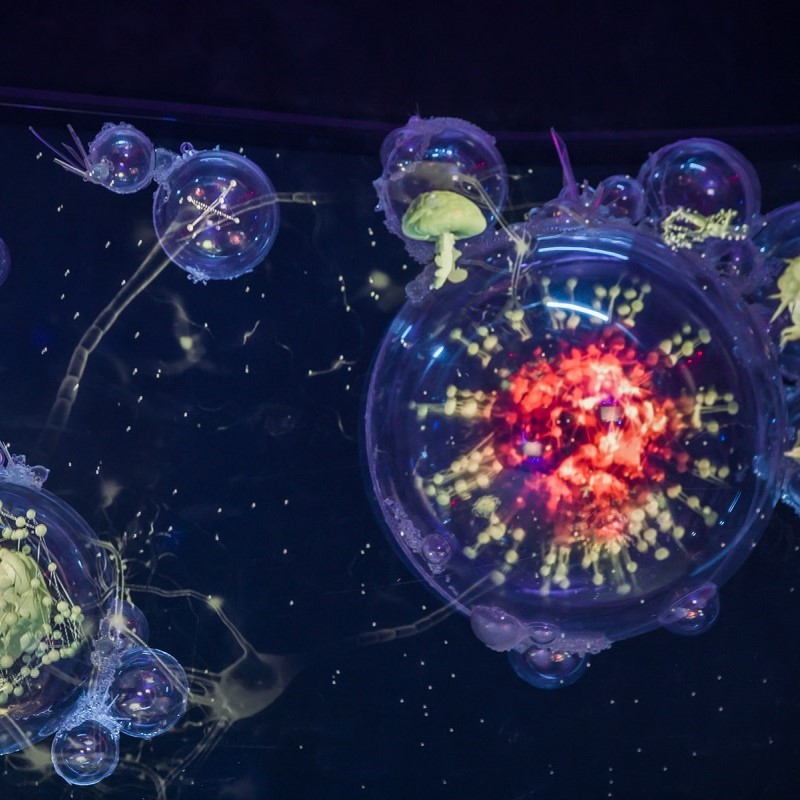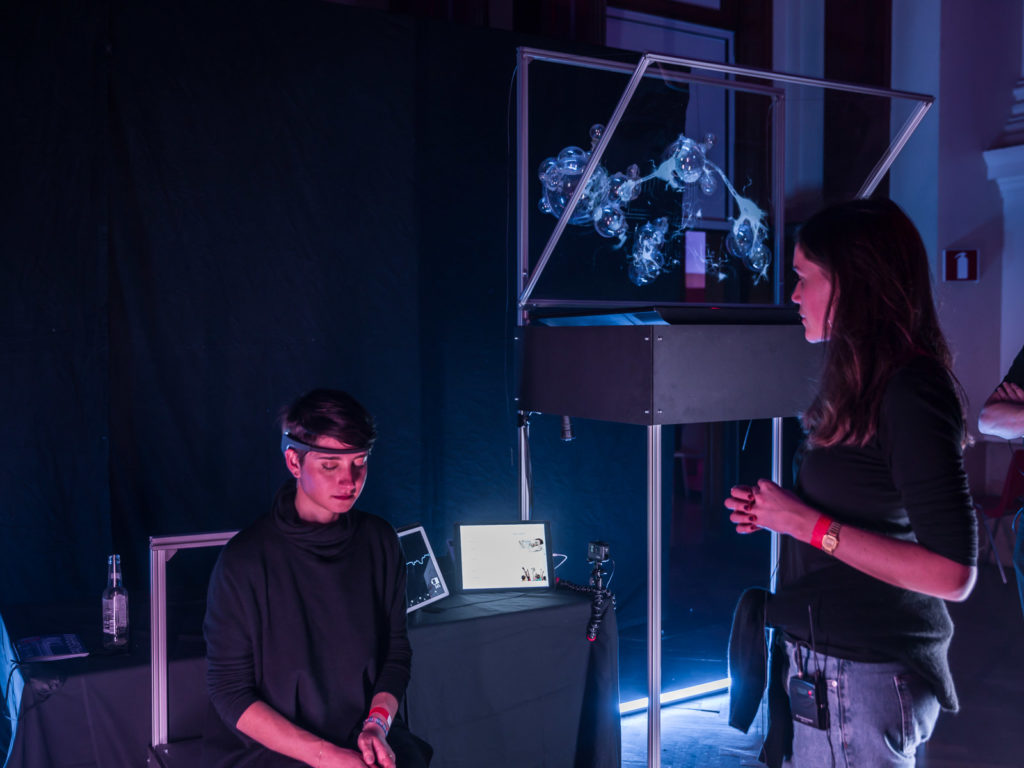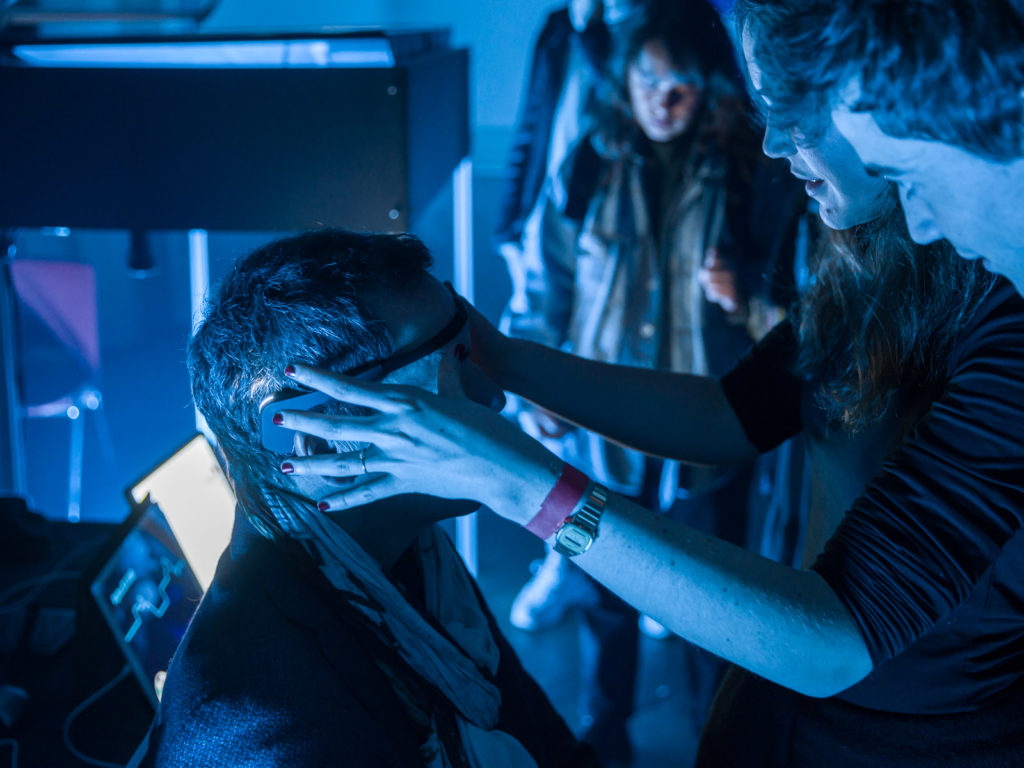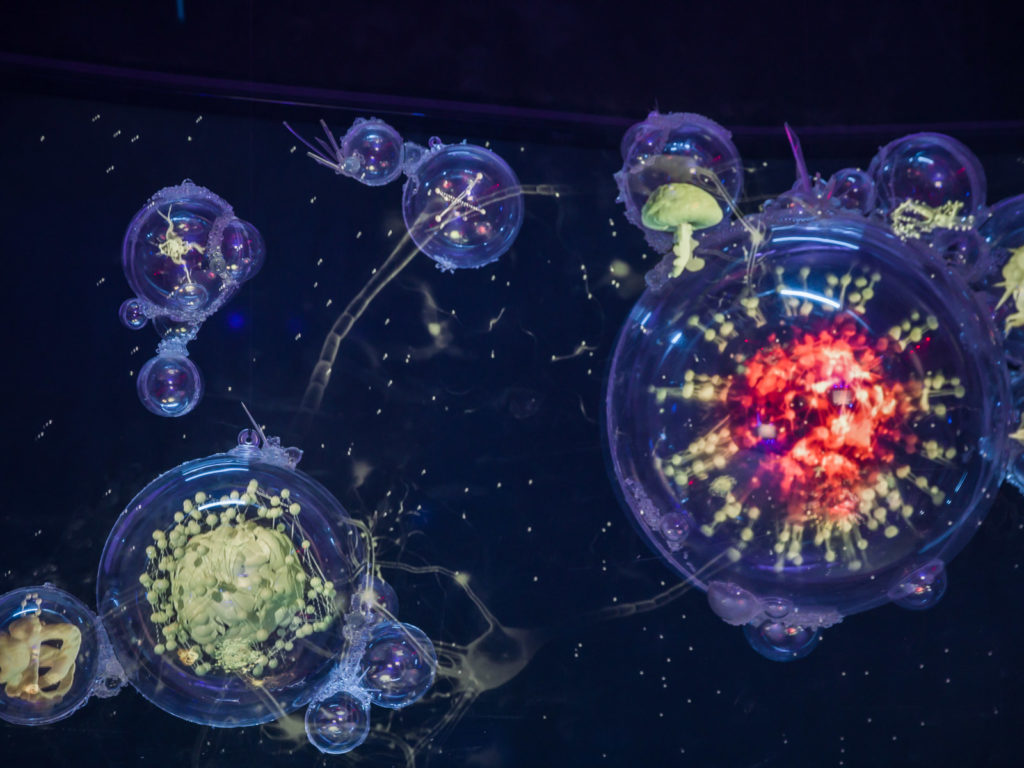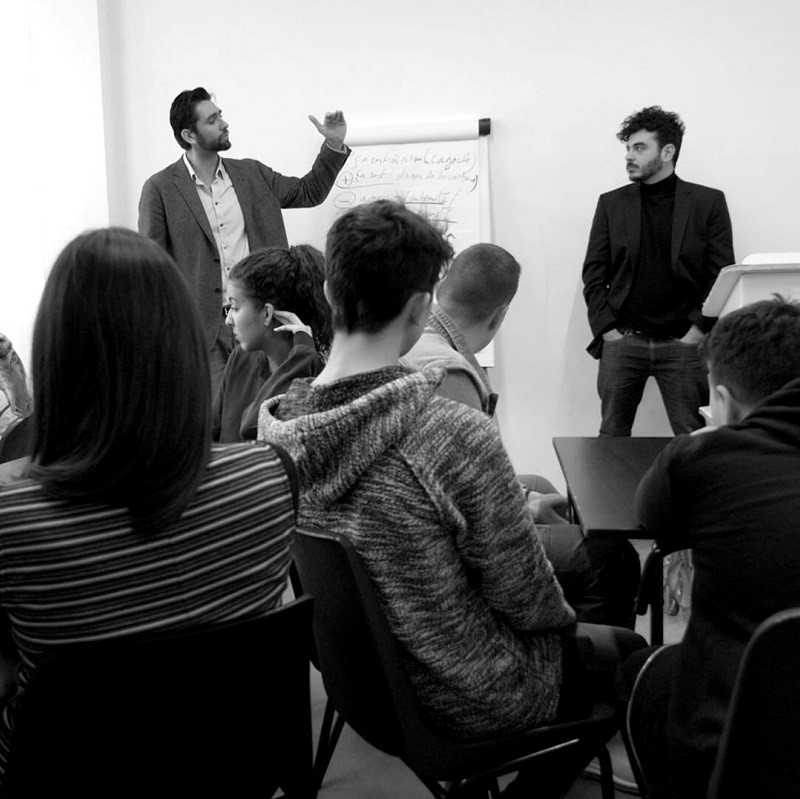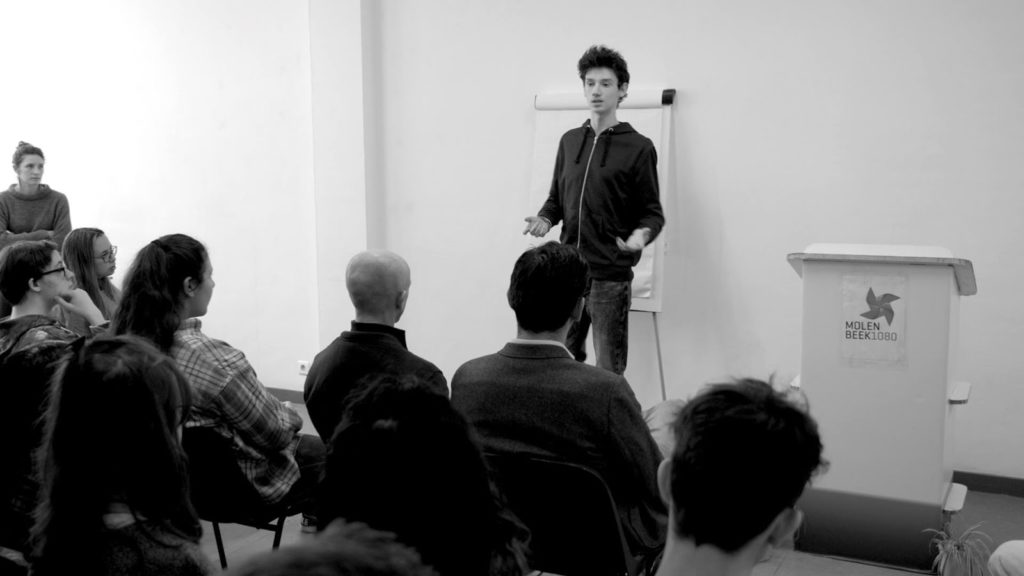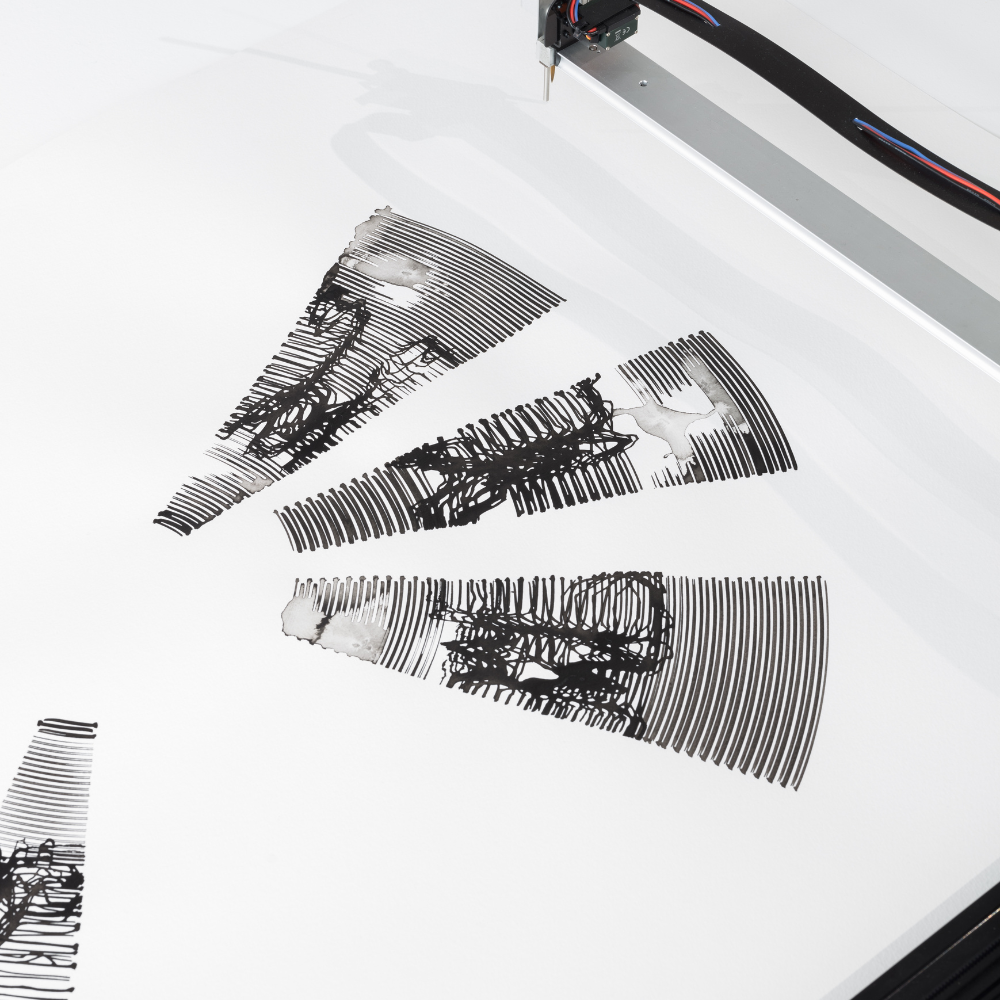
Isocenter | Frederik Vanhoutte
Isocenter is a research project by artist Frederik Vanhoutte based on his work as a radiotherapy physicist at the University Hospital in Gent (BE).
Isocenter seeks to explore the apparent paradox inherent in modern medicine – a fusion of individualised, compassionate care with the cutting-edge precision of technology, all aimed at healing and preserving the sanctity of life.
Drawing from the choreography made by the radiotherapy machine during the treatments, Frederik shift the medium to using a plotter drawing machine with ink on paper. Treatment is replaced by expression, radiation delivery machine replaced by a mechanical drawing device. Care and art, two very human activities, envisioned by people, entrusted to machines.
The project gets its name from the context of radiotherapy. The isocenter is a precisely defined point within the patient’s body, determined by imaging and treatment planning goals. It serves as the reference point where multiple radiation beams intersect with high accuracy during the delivery of radiation therapy. This intersection ensures that the maximum radiation dose is concentrated precisely at the intended target, typically a tumor, while minimizing radiation exposure to surrounding healthy tissues. The isocenter’s precise coordinates are essential for treatment planning and the accurate administration of therapeutic radiation.
The medium and materiality of the work is intentionally chosen to extend beyond a mere technical representation of motion and intensity. Although the precision and clarity of technical pens have their place, brush and ink add a greater quality to the otherwise cold data. Sensitive to the fiber and the warp of the paper, responding to each minor disturbance, the process of expression now incorporates material interaction, reality and humanity.
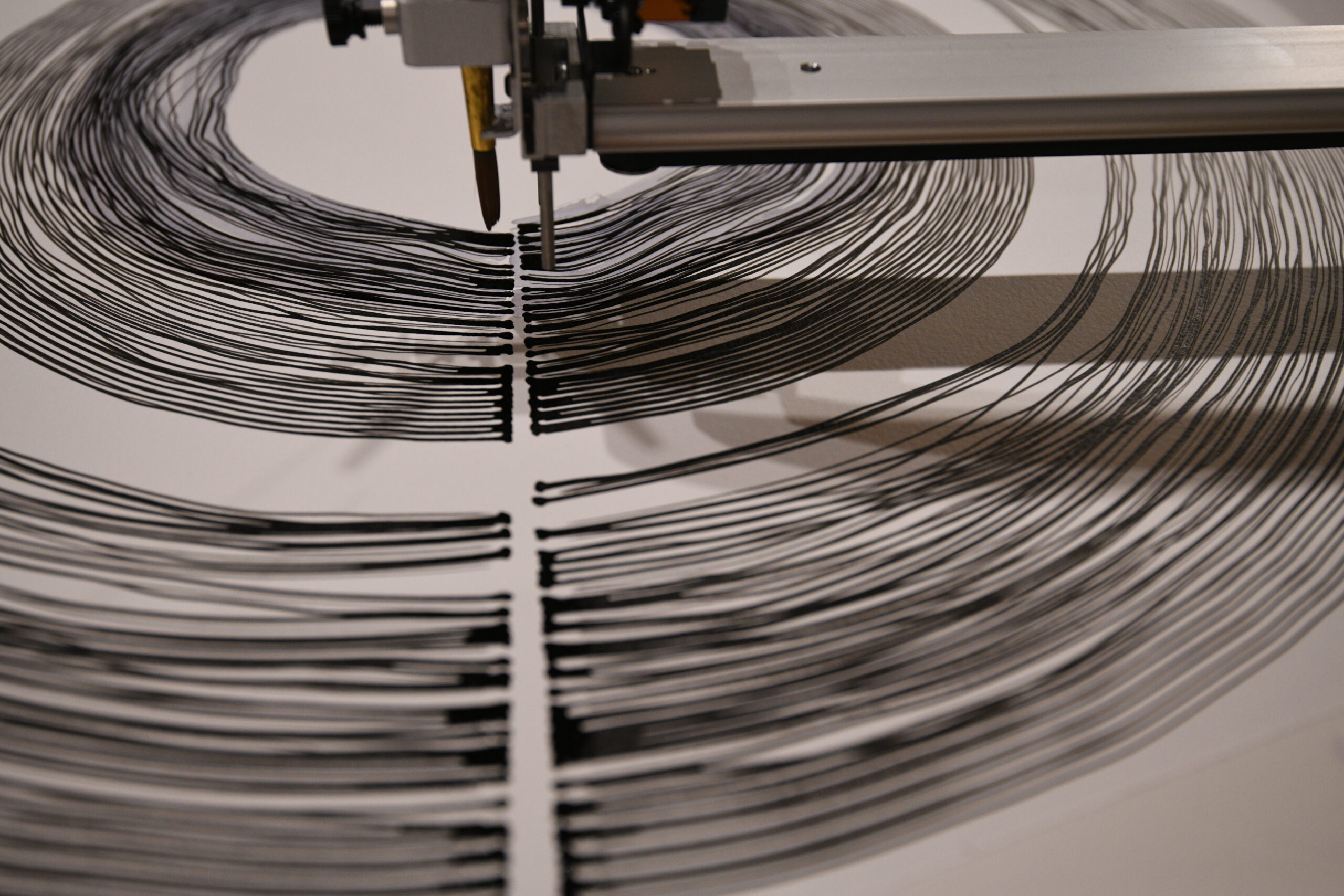
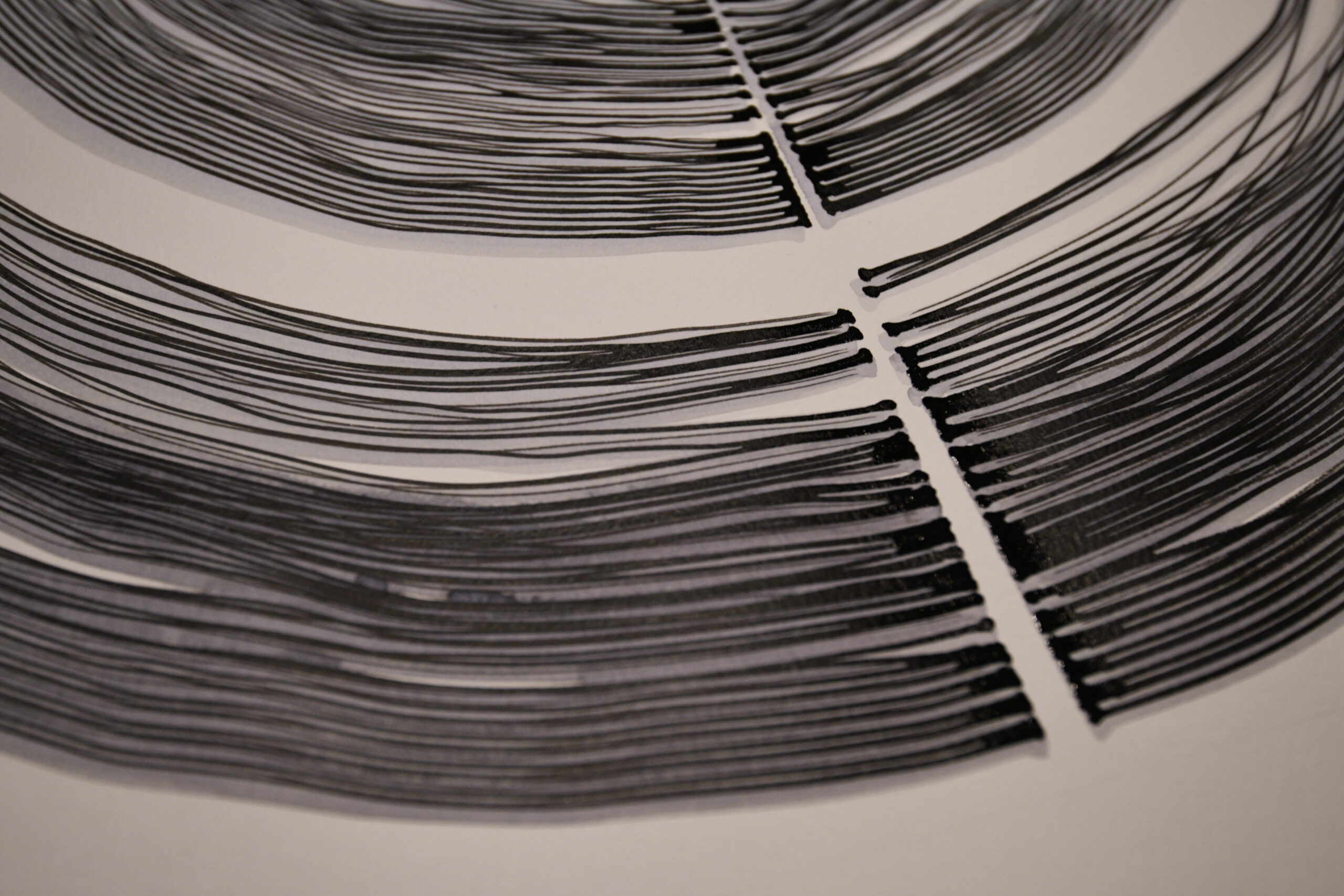
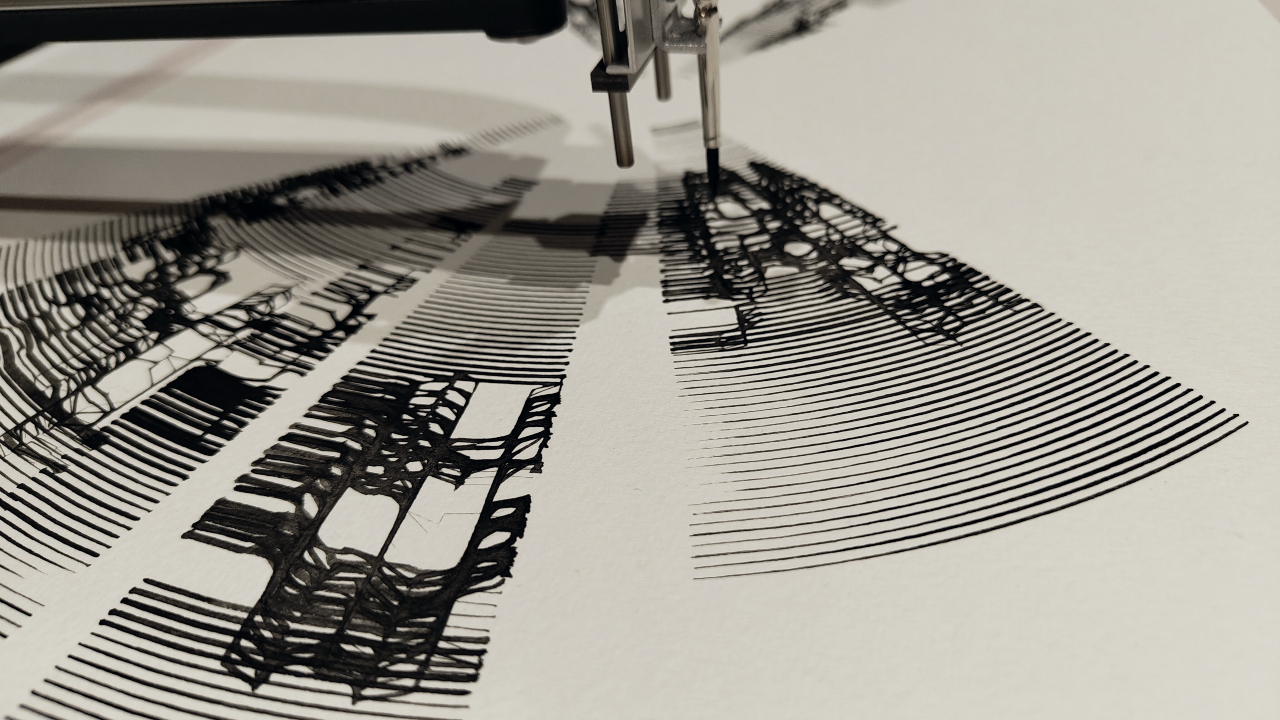
Exhibition ISOCENTER
A point in space. A focus, a center around which it all spins: the attention, the care, the time, the knowledge, the technology.
There are places, sealed rooms hidden at the end of long corridors, where this point in space is called isocenter, the precise spot through which a beam of radiation passes in an accurate choreography of machine movements. At the center is the human body, in its complexity and in its fragility, to be taken care of, to be healed, to be respected.
It is from these places, physical and conceptual, that this exhibition borrows its title.
ISOCENTER is composed of plotter drawings by Frederik Vanhoutte based on his work as a radiotherapy physicist at Ghent University Hospital, and developed as part of Ohme’s programme of support to artistic research, along with Philippe Braquenier’s photographs, taken during a series of visits to the hospital’s radiotherapy centre.
The plotter drawings are based on data from patient radiotherapy treatments, reinterpreted and transposed on paper intentionally chosen to extend beyond the mere technical representation of motion and intensity. By applying the ink with fine brushes, the precise movements of the machine creates soft blurs among otherwise meticulous lines. Sensitive to the fiber and the warp of the paper, responding to each minor disturbance, the process of expression incorporates unexpected material interactions.
At the frontiers between documentary and conceptual, the photographs punctuate the exhibition bringing in unique views of the physical space in which radiotherapy is performed. The gaze lands upon a suspended atmosphere, almost out of time, where objects turn unrecognisable, and cutting-edge machines stand dormants recalling the sophistication of man made technology.
The lingering light pulls the images in a swing between the sculptural and the architectural, the factual and the imaginative, almost as a guide through an inaccessible space.
In a dialogue between art and science, abstract representation and photography, this exhibition aims at offering a sensitive glimpse into a practice, the one of oncological radiotherapy, that pushes the boundaries of technology at the service of personalised healthcare.
Opening Hours
3 – 19 November 2023
Wednesday to Friday, from 2pm to 7pm
Saturday & Sunday, from 11am to 7pm
Free entry
PUBLIC EVENT – Thursday 9.11.2023
– 18:00 Kult XL Ateliers – Rue Wiertz 23, 1050 Ixelles
Guided visit of the exhibition
with artist Frederik Vanhoutte and Philippe Braquenier, and curator Camilla Colombo.
– 19:00 Espace Lumen – Chaussée de Boondael 36, 1050 Ixelles
Talks & Drinks
Frederik Vanhoutte, artist and radiotherapy physicist: “Materiality, the connection between patient, data and expression”
Prof. Dr. Yolande Lievens, head of the department of radiotherapy-oncology UZ Gent : “Art in radiotherapy”
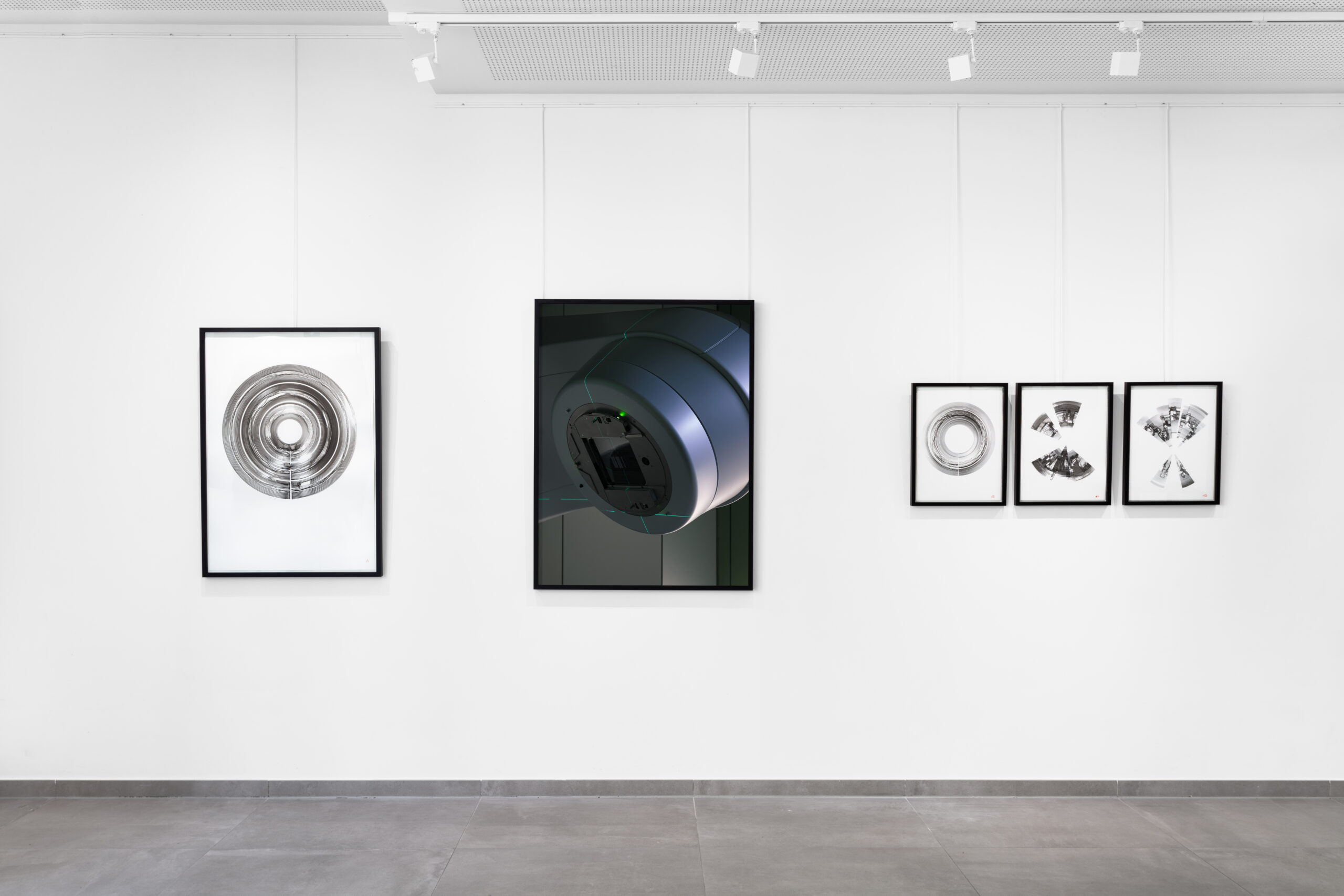
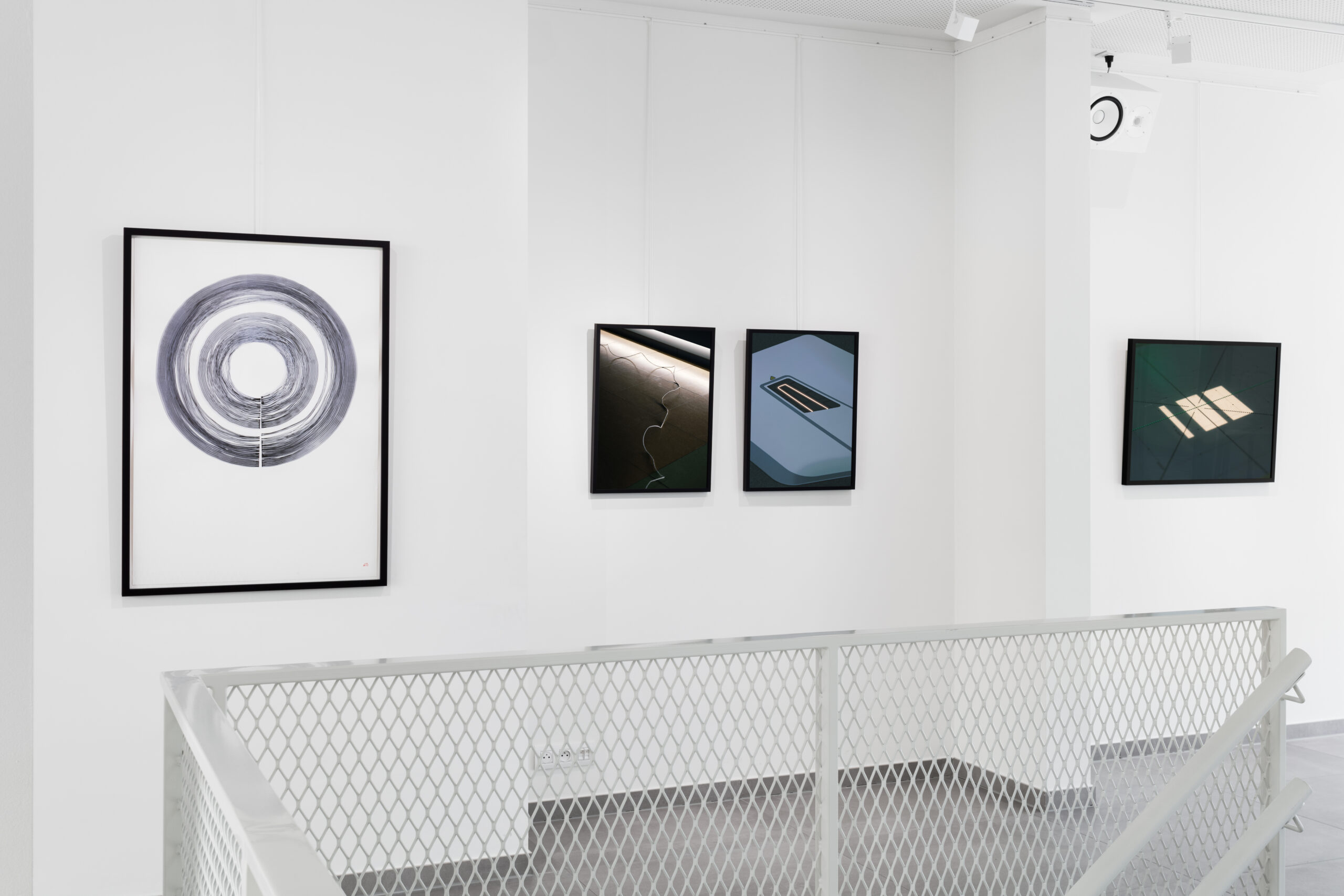
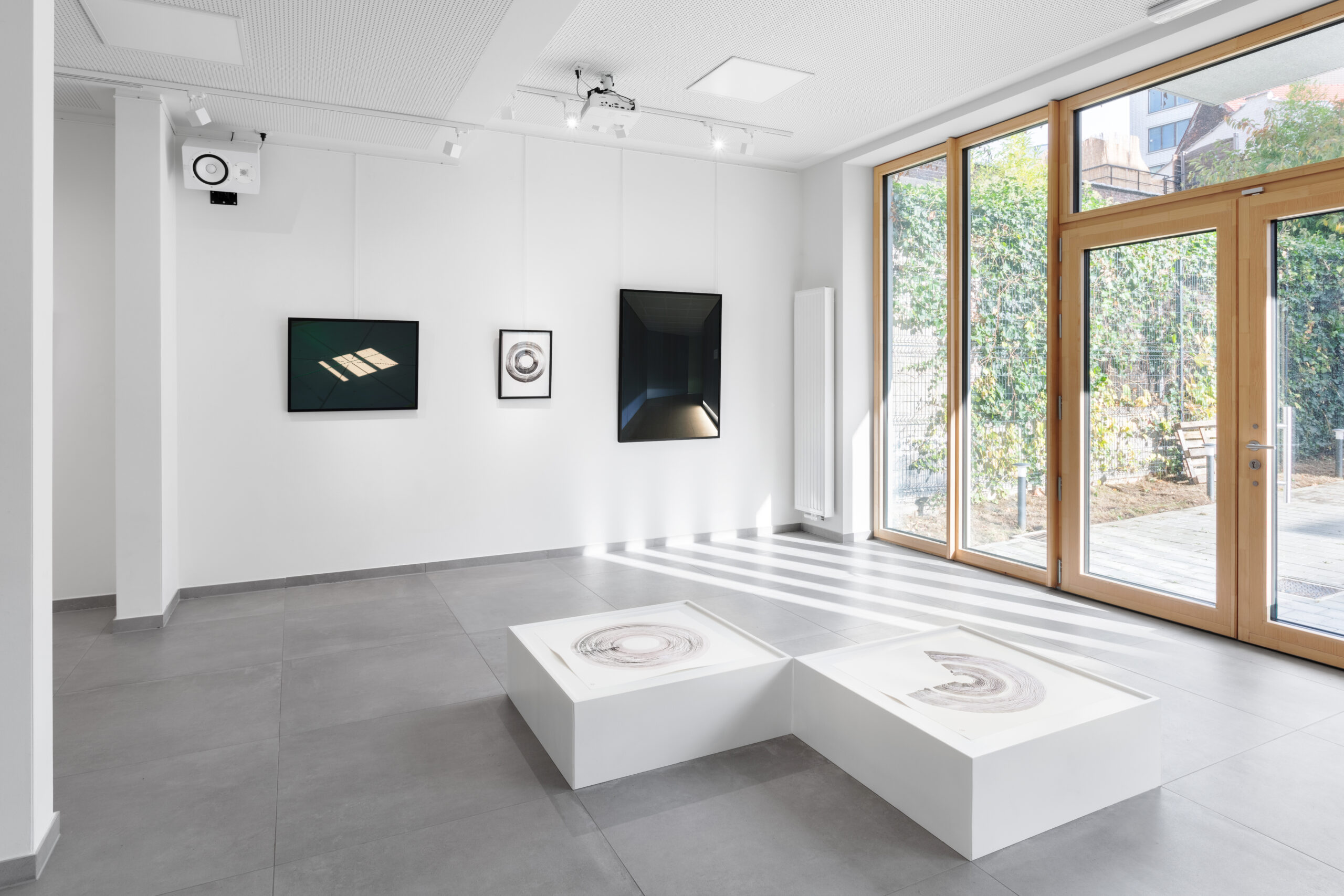
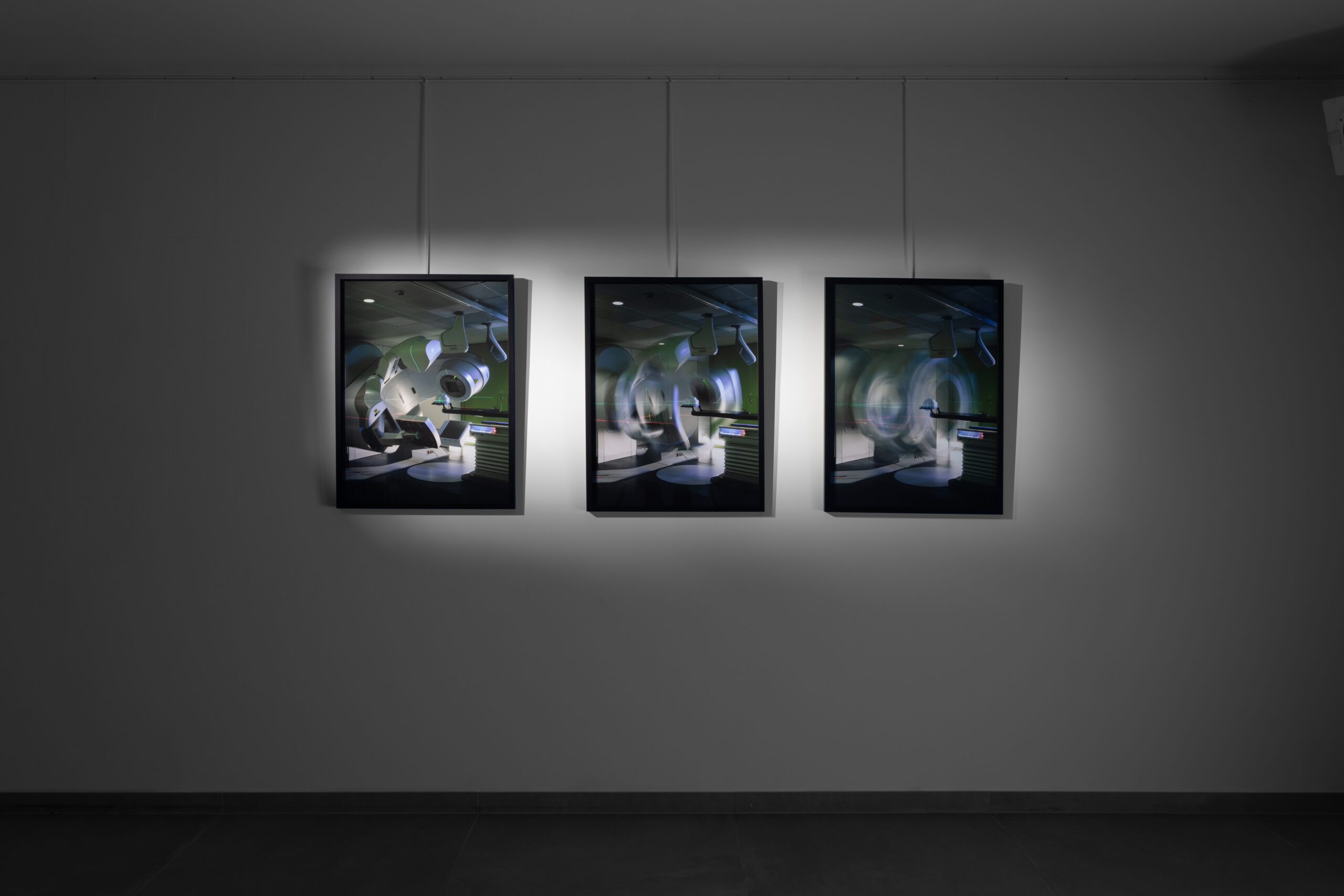
CREDITS :
Plotter drawings : Frederik Vanhoutte
Research : Frederik Vanhoutte
Photos: Philippe Braquenier
Produced by OHME
Presented at: Kult XL Ateliers, 3 – 19 November 2023
Vernissage: Thursday 2 November 2023, 18:00 – 21:00
Symposium : Thursday 9 November 2023 19:00 – 22:00
Curation: Camilla Colombo
Production: Ohme
Art Handling: Jean Pierre Bertrand
Photo printing: Laboriver, Jo & Z Lab
Framing: Bernard Wéber
Construction: Aiko Design
Exhibition views: Silvia Cappellari
Isocenter has been produced thanks to the support the Digital Arts Commission of the Fédération Wallonie-Bruxelles.
It is produced by Ohme in the framework of Ohme’s artistic residencies programme, supported by Innoviris and Fédération Wallonie-Bruxelles

